LAST UPDATED – 2/12/24 – Cusco Peru Visitor Guide
Nestled deep in the rolling hillside of the Peruvian Andes, the city of Cusco seems to capture the imagination of travelers more than most other South American cities. Because of its remote location in the mountains, the city has remained insulated from the hustle and bustle of modern life in many ways. Though you can find beautiful five-star hotels and most of the amenities that you find in bigger cities like the capital city of Lima, the city of Cusco still retains much of its small-town feel.
As one of the most important cities in the ancient Incan world, this also includes an abundant amount of historical and cultural sites. Whether you are visiting Cusco on your way to see Machu Picchu and the Sacred Valley, headed further into the Andes to see the beautiful Rainbow Mountains, or will be staying for an extended period in Cusco itself, you will be amazed by the beauty and warm hospitality that you will find in this amazing city.

In this Cusco Peru visitor guide, I am going to give you all of the information you need to plan a successful trip to Cusco, Peru. I cover the best times to visit and the best ways to get there so that you can maximize what you can see and do on your trip. In addition, I outline the top things to see and do while you are there and where the best places to stay and eat are. With this information in hand, you can be confident that your trip to Cusco will be one that you remember for the rest of your life.
Cusco Visitor Guide Navigation Menu
At a Glance
Before you start making any travel plans, you need to be sure you meet the country’s entrance requirements. This includes all of the passport, VISA, and immunization requirements for Peru.
In addition, you need to make sure you have a clear understanding of what languages they speak in Peru. This way, you can plan any translation needs you may have. Not only that, but you will need to know what currency they use in Peru. Knowing this, you can plan to exchange currency before your trip if necessary.
I have included some of this key information in my Cusco, Peru visitor guide below for you to review as you start to make your travel plans.
| Passport requirements exist. See below for details. | |
| Immunization recommendations are listed below. | |
| The official language in Peru is Spanish. | |
| The official currency in Peru is the Peruvian Sol. |
Passport Requirements

To enter Peru, you must have a passport that is valid for 6 months after the date on which you enter the country. If you plan on staying in Peru for 90 days or less, you will not need a VISA to enter the country. However, you must be able to show proof of return or onward travel to be admitted. For additional information, please refer to the website of the US Embassy in Peru.
| Passport Validity | Blank Passport Pages | Tourist VISA Required? |
|---|---|---|
| Must have six months validity at time of entry into Peru. | One Page. | Free, issued at the port of entry. |
Travel Immunizations
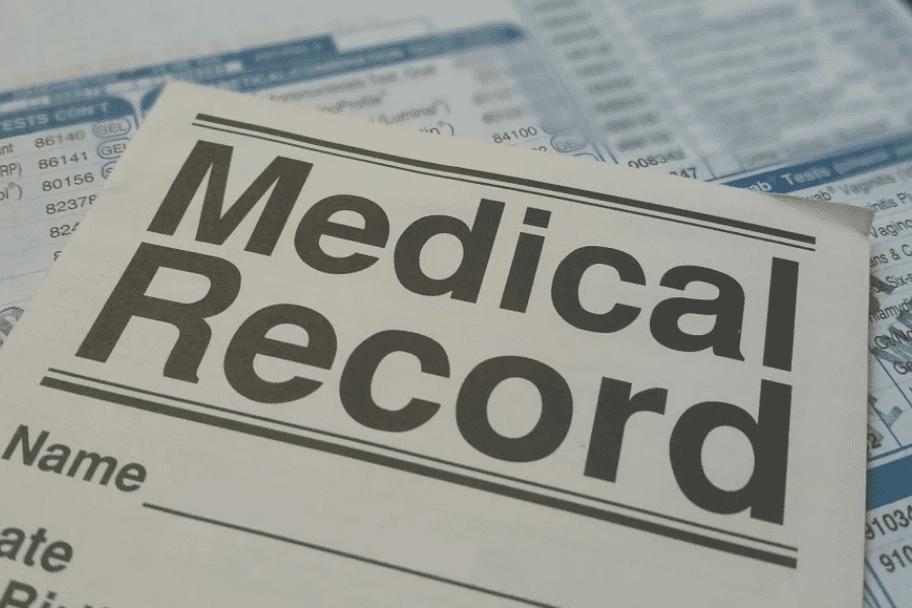
Before you leave for your trip to Peru, you need to make sure you have all of the proper vaccinations. Not only to protect yourself but to protect others. If you have questions on what immunizations you will need and what to look out for when you go to get them, below are some general guidelines I can pass on to you from experience.
- Most specialized travel clinics will not accept insurance so you will have to pay for your travel consultation and immunizations and then request reimbursement from your insurance company later.
- Some immunizations aren’t accepted by every insurance company, so check with your insurance provider before getting your immunizations.
- Check with your regular doctor first, as often they can do a travel consultation for you and write you the necessary prescriptions for your immunizations, even if they aren’t able to give them to you. This way you can ensure that at least your travel consultant will be covered by your insurance up-front.
- Check with Walgreens or other drug stores that give flu shots to see if they have any of the immunization shots that you require before going to a specialized clinic that doesn’t accept insurance to get them. Walgreens can give you many of the immunizations necessary for international travel, and they accept insurance up-front.
- The Centers for Disease Control (CDC) website can be a great resource for answering any travel immunization questions that you have.
Peru Travel Vaccinations
You may be wondering what vaccinations your physician will recommend. In case you are, I have compiled a list of what you might expect your doctor to recommend below.
- Typhoid (either a shot, which is good for 2 years, or a live virus pill, which is good for 4 years).
- Yellow Fever (The Yellow Fever vaccination is not required to enter Peru, and it is not recommended if you are staying within the areas around Cusco and Machu Picchu. However, if you are also traveling within the regions of Amazonas, Loreto, Madre de Dios, San Martin, Ucayali, Puno, Cusco, Junín, Pasco, and Huánuco it is recommended that you get the Yellow Fever vaccination. Please see the Centers for Disease Control (CDC) map of the areas where a Yellow Fever vaccination is recommended for more detail).
- Hepatitis A & B (if you haven’t had them).
- Tetanus (if you aren’t current).
- Dukoral (gives you 3-month protection against travel diarrhea).
- Flu Shot
- Acetazolamide – This prescription medication is used to treat the pressure buildup in your eyes from glaucoma, but can also be very effective in treating the pressure buildup in your sinuses and head caused by increased altitude. It is a good way to prevent the notorious headaches caused by an adjustment to higher altitudes.
Travel Insurance
Before you head to Peru, I would recommend that you purchase travel insurance. You will want to have this in case something happens and you have to either postpone or cancel your trip. It would also be a great idea to purchase emergency medical evacuation insurance. Should an emergency occur and you need to be medically evacuated from the country, that could cost you tens of thousands of dollars.
| READ MORE: |
 |
| Have a Back-up Plan for your Travel Plan |
Altitude Tips
One of the things you need to be acutely aware of when you visit Cusco is the altitude of the area. The city of Cusco sits at an altitude of 11,152 feet (3,399 meters), which is a much higher elevation than many travelers are used to. For some people, this high elevation can be a bit much. People may experience shortness of breath, headaches, and even dizziness at these elevations. If you are suffering from pre-existing medical conditions such as a bad heart, the higher altitude can even be deadly. In extreme cases, people have even suffered from acute altitude sickness and even death from the altitude. You can protect yourself by preparing for the high altitude by following these tips:
- Always stay hydrated.
- Take time to acclimate to the higher altitude. After arriving in Cusco, stay a few nights in the Sacred Valley (which sits at a much lower elevation). The city of Pisac sits at 6,730 feet (2,050 meters). This will allow your body time to adjust to that altitude before going back to Cusco and adjusting to that elevation.
- Talk to your doctor about an Acetazolamide prescription. This medication is used to treat eye pressure for those suffering from glaucoma and can also decrease the painful effects of high-altitude headaches.
- Try coca leaf tea to relieve altitude symptoms. It is a local remedy for altitude discomfort that locals swear by. Most hotels in Cusco will offer the tea complimentary.
- Book a hotel in Cusco with pumped-in Oxygen. Most of the nicer hotels in Cusco will pump Oxygen into their hotel rooms. This is a great way to minimize the effects of the altitude when visiting.
- If you feel symptoms of altitude sickness and they don’t go away with any of the above remedies, get down to a lower altitude immediately. Your health isn’t worth the risk. Get to a lower altitude until you feel better and then consider returning back to Cusco.
Packing Tips
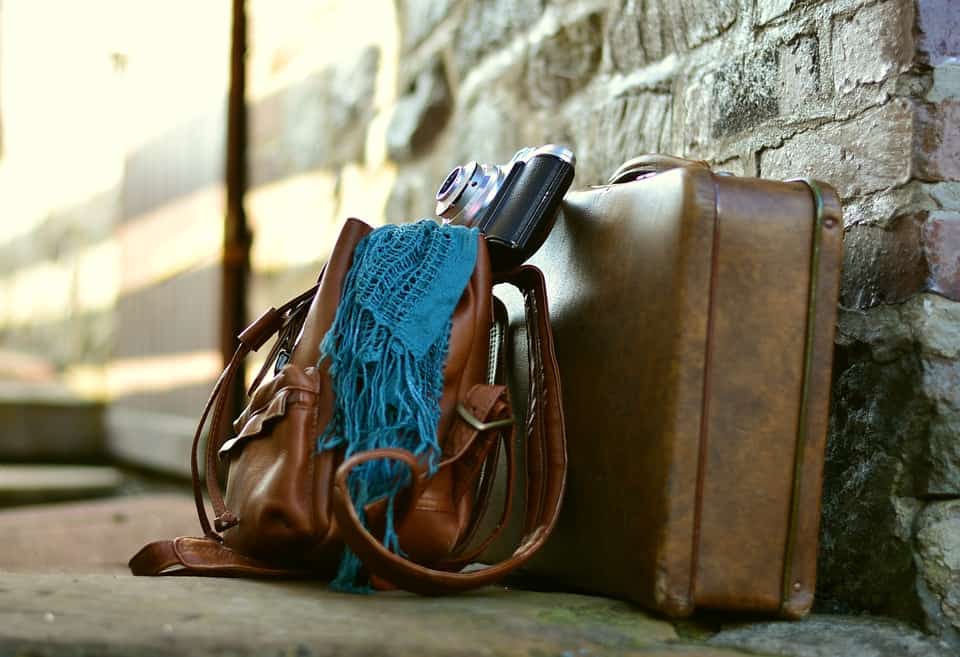
Before you start packing for your trip to Peru, you will want to make sure you have all of the gear that will keep you organized, comfortable, and safe on your trip. This is especially true if you are planning on visiting Machu Picchu and hiking the Inca Trail. To help you out, I have included links to some comprehensive packing resources I created for you to review in my Cusco Peru visitor guide below.
| READ MORE: | |
 | |
| The Ultimate Travel Packing Check List |
| READ MORE: | |
 | |
| The Essential Carry-On Checklist |
| READ MORE: |
 |
| 10 Packing Tips That Every Traveler Should Follow |
Top Things to See and Do in Cusco
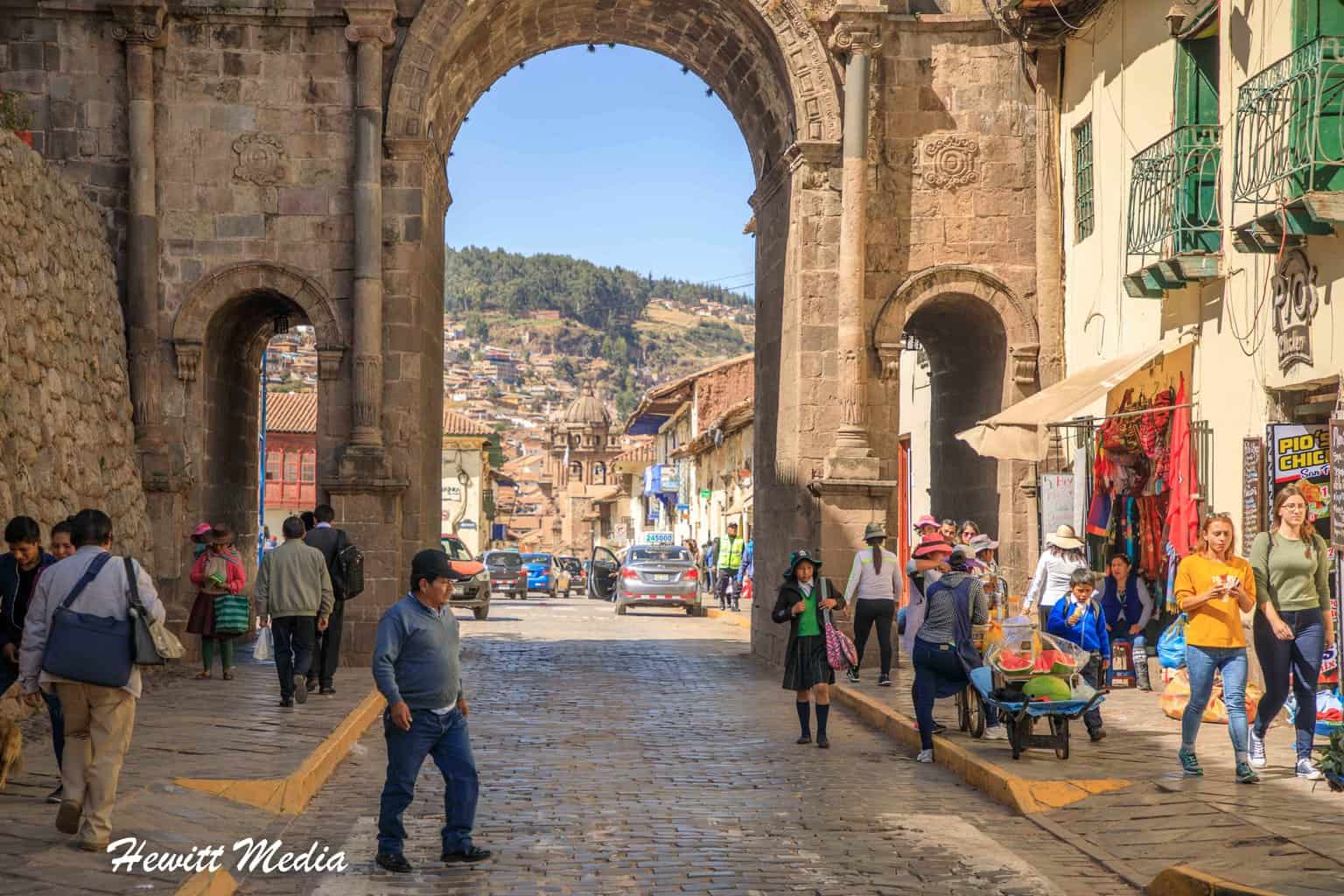
While most travelers who visit Cusco do so on their way to Machu Picchu, the Rainbow Mountain, or one of the other high-profile tourist destinations in the area, there are also several amazing things to see within the city itself. To assist you in filling out the itinerary for your trip, I have included a list of the top things to see and do within and around Cusco in my Cusco Peru visitor guide below.
Catedral del Cuzco
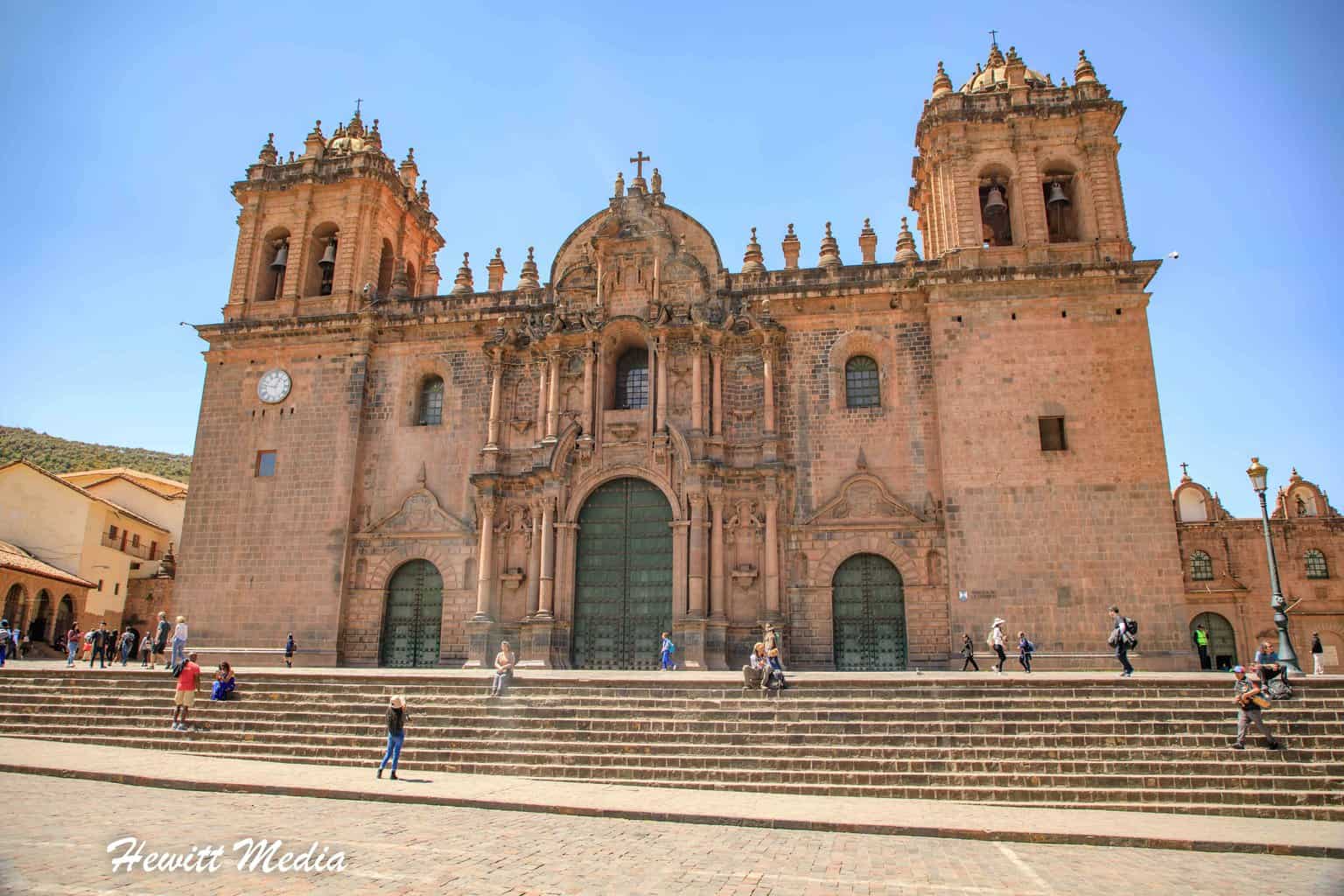
Located in the Plaza de Armas in the historical center of downtown Cusco, the Catedral del Cuzco, which is also known as the Cathedral Basilica of the Assumption of the Virgin, is the main Roman Catholic cathedral in the city. It was constructed between 1560-1654 and was designated as a UNESCO World Heritage Site in 1983. In addition to being an important religious institution in the area, the cathedral has also become a large repository of colonial art in Cusco.
Iglesia De La Compañia De Jesús
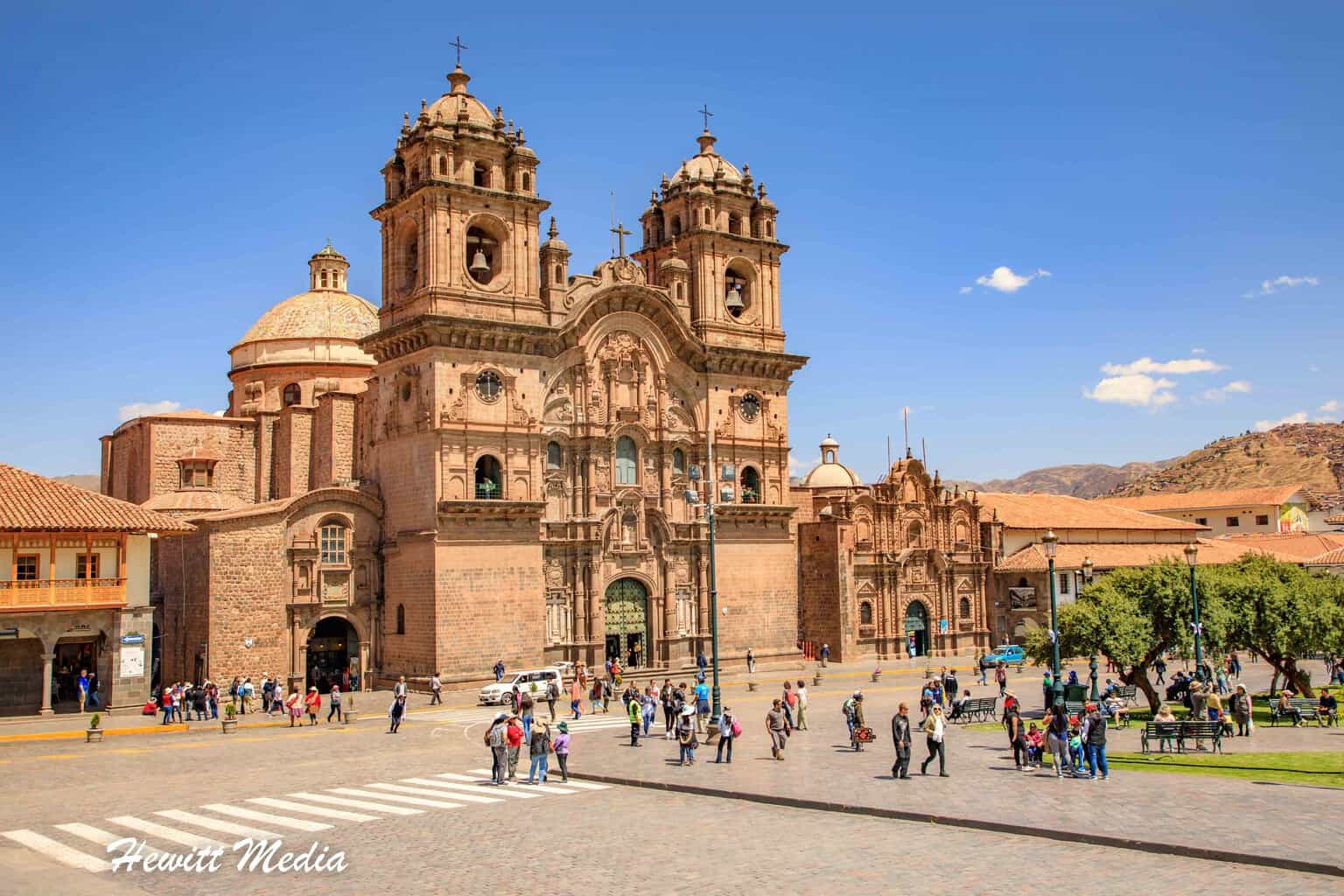
Constructed on top of an ancient Incan palace in the Plaza de Armas, which sits in the historical center of the city of Cusco, the Iglesia de la Compañía de Jesús translates to mean the Church of the Society of Jesus. This historic Jesuit church was constructed beginning in 1576, but badly damaged by an earthquake in 1650. The rebuilt church that you see today was completed in 1668. The beautiful Baroque architecture of the church is very distinct and is the main reason why the church is widely regarded as one of the prettiest in Peru.
Plaza de Armas
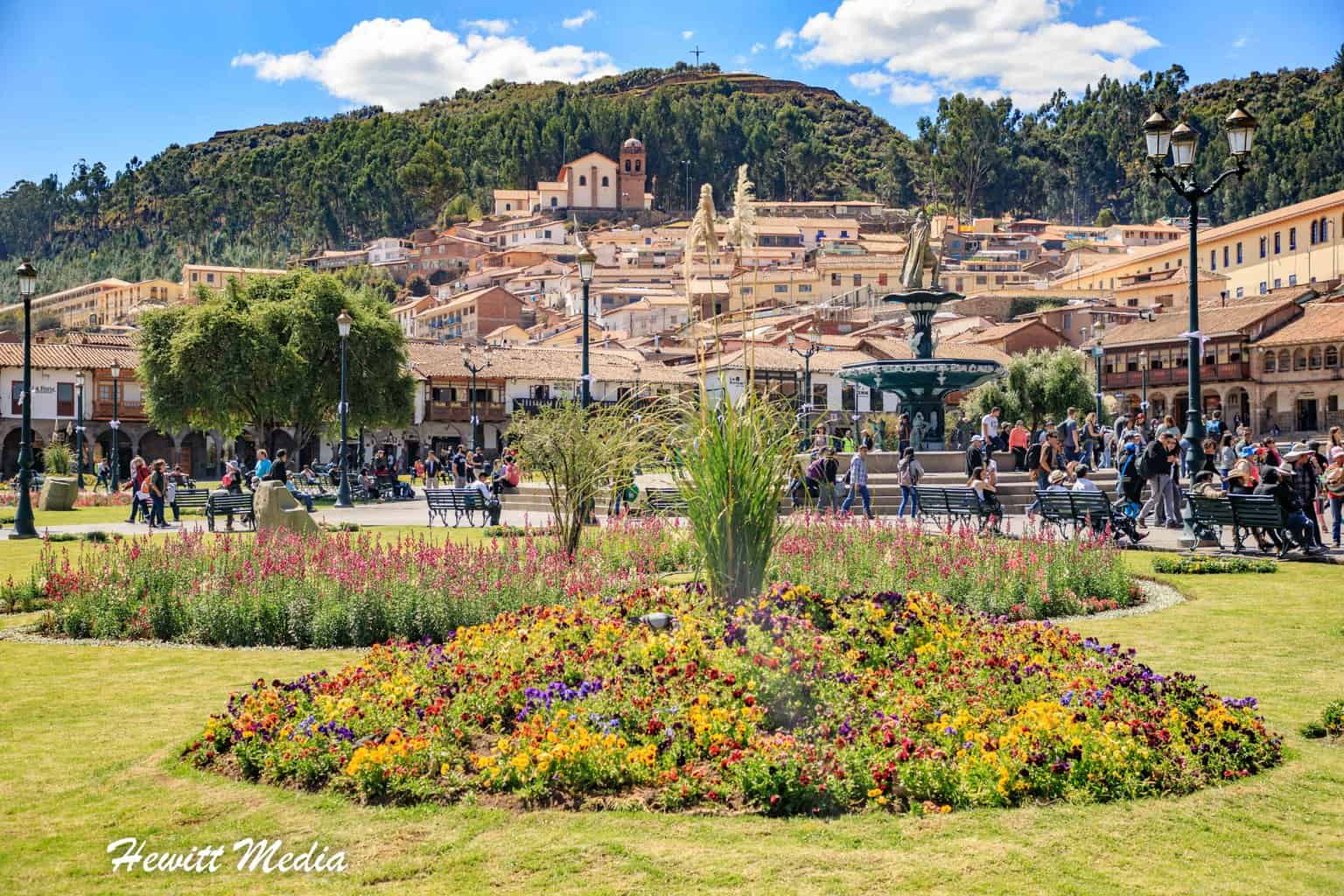
Widely considered to be the geographical and cultural hub of the city of Cusco, the Plaza de Armas has been considered the city center of Cusco dating all the way back to the days of the Incas. Today, it is located in what is referred to as the historical center of Cusco. Known as the “Square of the Warrior”, the plaza contains some of the city’s most prominent buildings.
This includes the Cusco Cathedral, the Church of the Society of Jesus, and the public university. From the plaza, you can see the Cristo Blanco statue high up on the hills overlooking the city. I would definitely recommend you spend a good deal of time exploring the Plaza de Armas and the surrounding buildings.
The San Pedro Market
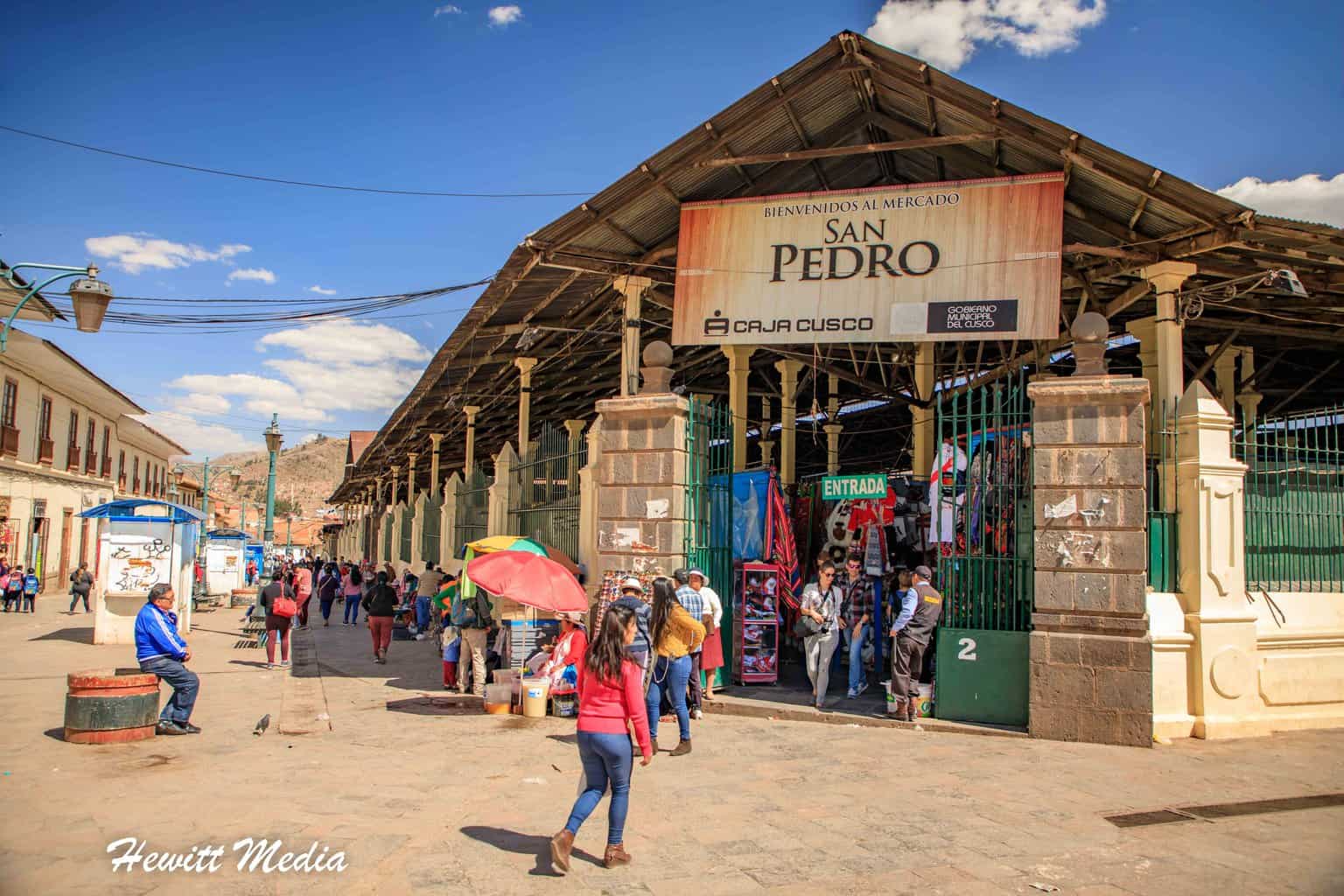
If you are looking to see what the people in Cusco like to shop for and eat, or you are just in the mood to do a little shopping for some souvenirs, then I would definitely recommend making a stop at the San Pedro Market. Vendors within the market sell a wide variety of fresh goods, including fruits, fruit juices, meats, produce, fabrics, dolls, and other gifts.
If you are looking for a quick bite to eat, I would suggest stopping into the market to grab one of the fresh empanadas (meat or cheese-filled pastry) or salchipapas (friend sausage and potatoes). They are amazing! If you are interested in seeing more of the market, I have some more pictures taken inside the market in my photo gallery at the bottom of this guide.
Iglesia de San Pedro
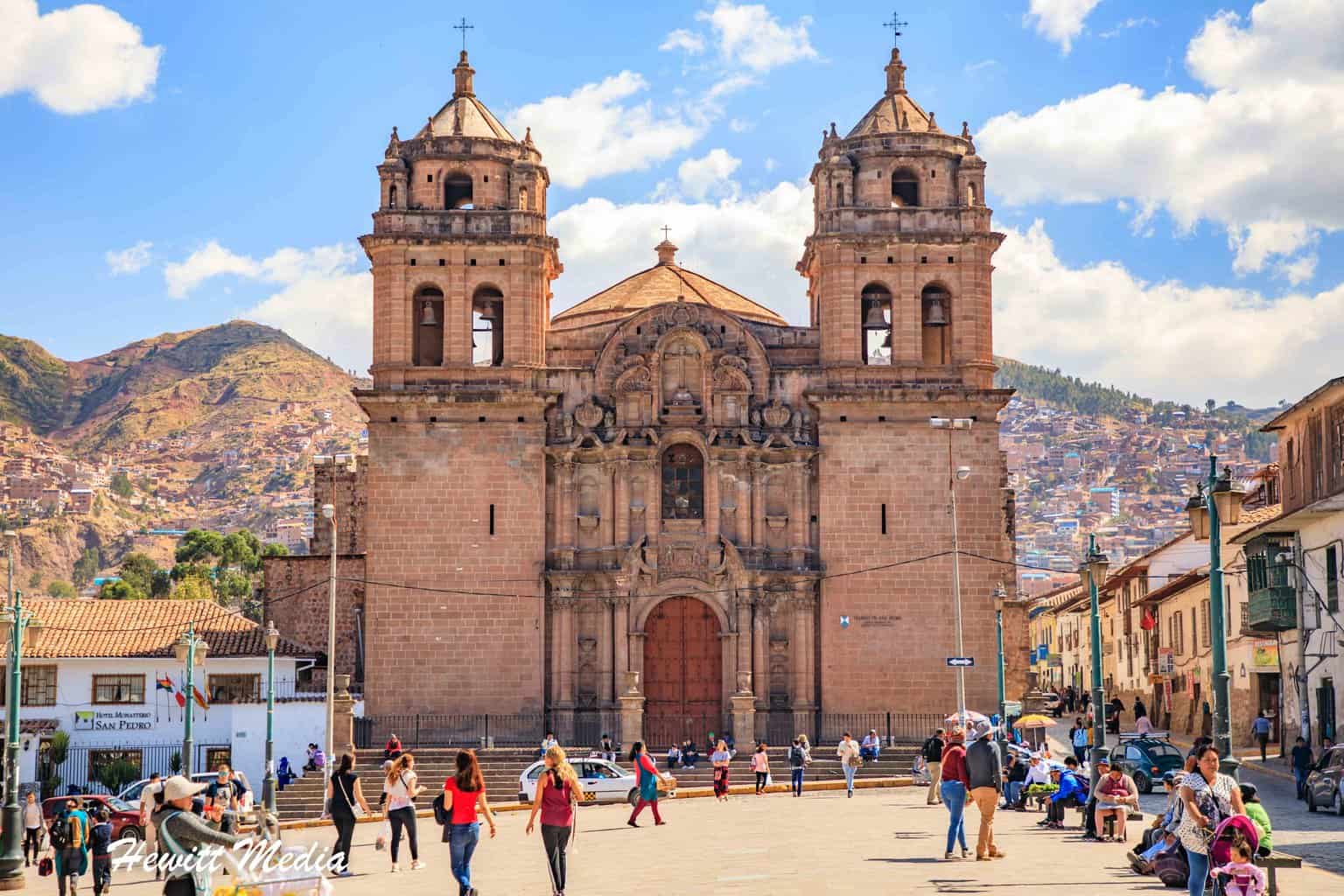
If you love to visit old, beautiful churches when you travel, then you will also want to make sure you visit the Iglesia de San Pedro or St. Peter’s Church, while in Cusco. While not as large or as intricate as the more well-known churches in the Plaza de Armas, St. Peter’s Church is a pretty and well-kept church that is worth seeing in person. It is very close to the San Pedro Market, so I would stop in and check it out on your way to do a little shopping.
Cristo Blanco
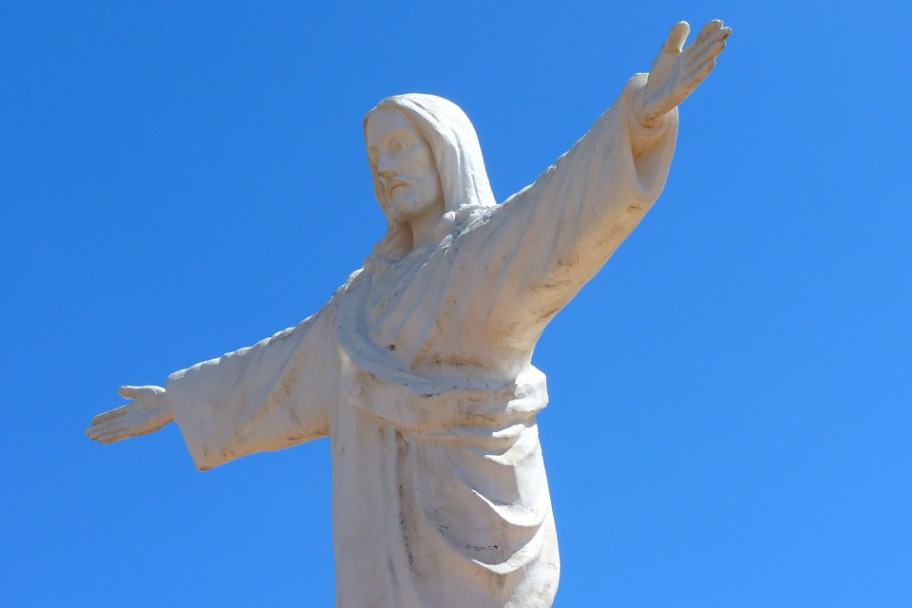
While not as large as the Christ the Redeemer statue in Rio de Janeiro, Brazil, the Cristo Blanco statue on the outskirts of Cusco is one of the more popular landmarks for tourists. Sitting at 26 feet high (roughly 8 meters), the statue can be seen from all the way down in Cusco’s historic city center. In fact, one of the best places to see the Cristo Blanco from the city of Cusco is the historic Plaza de Armas. If you would like a closer view of the statue, it is about a ten-minute walk from the Saqsaywaman ruins (see below).
Saqsaywaman
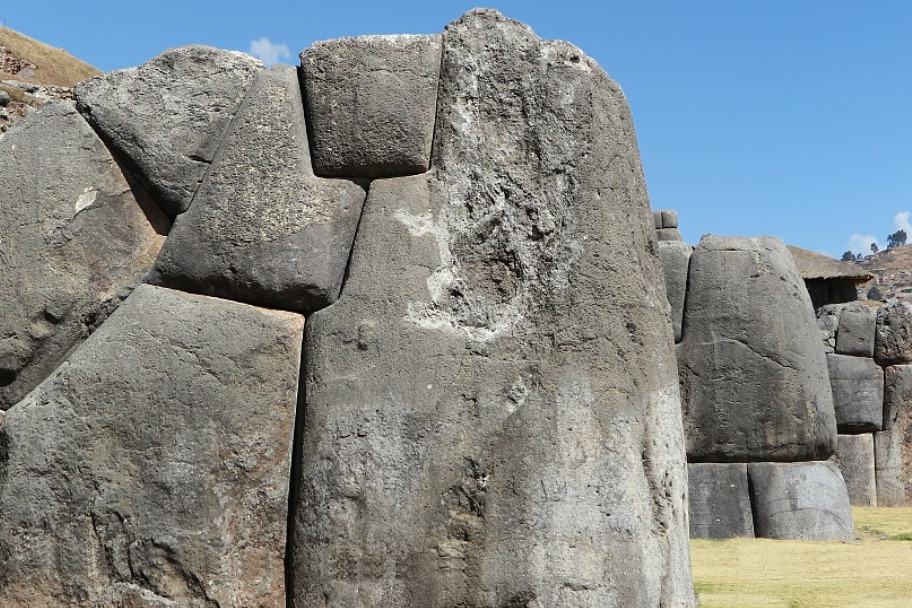
Constructed by the ancient Killke culture in roughly the year 1100, this stone complex was later added to by the Incans in the 13th Century. The stones used in the high walls of the structure were carefully moved, cut, and mortared to fit precisely with the stones around it.
Seeing the site first-hand gives you a great idea of just how much ingenuity the Incans had centuries ago. The site is remarkably well preserved, much to the thanks of being named a UNESCO World Heritage site in 1983. Machu Picchu may get all of the glory, but other ruins like Saqsaywaman throughout the Sacred Valley are definitely worth visiting as well.
Visit Machu Picchu
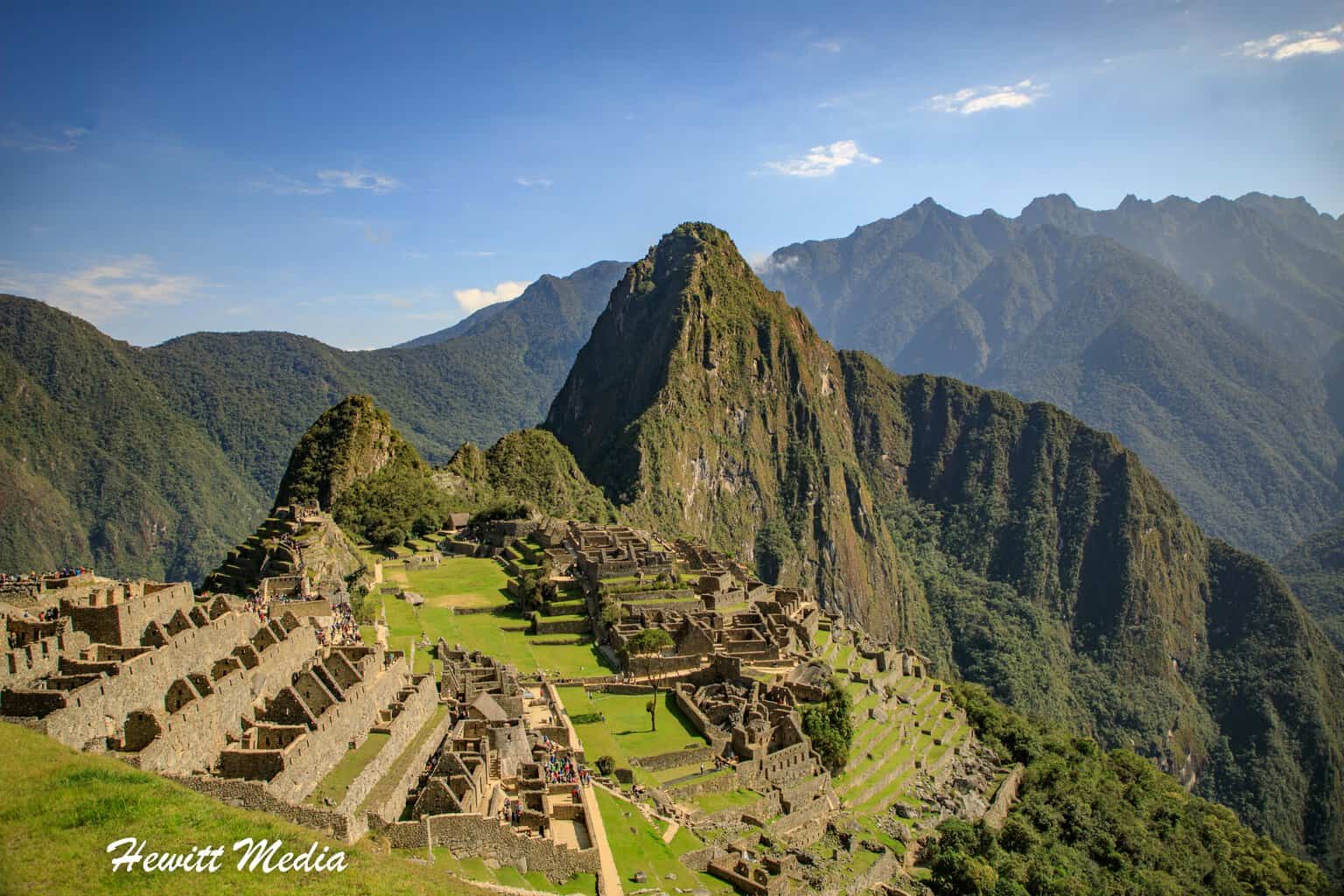
For most of you reading this guide, I am guessing the main reason you are visiting Cusco is as a launching spot for your hike of the Inca Trail and visit to Machu Picchu. As one of the new Seven Wonders of the World, Machu Picchu is without a doubt one of the top tourist destinations in all of South America, if not the entire world. If you would like more information on how to visit Machu Picchu from Cusco, I have included a link to my Ultimate Machu Picchu Visitor Guide for you to review below.
| READ MORE: | |
 | |
| The Ultimate Machu Picchu Visitor Guide |
Climb Huayna Picchu

If you are looking for some added adventure during your visit to Machu Picchu, I would suggest exploring the option of climbing Huayna Picchu, which is the mountain you see behind the ruins of Machu Picchu in all of the famous photographs.
The views of the ruins and the surrounding Andes Mountains from the top of Huayna Picchu are out of this world. For more information on how to capture these amazing views and the other out-of-this-world vistas that you will see at Machu Picchu, please refer to my Machu Picchu Photography Guide linked below.
| READ MORE: | |
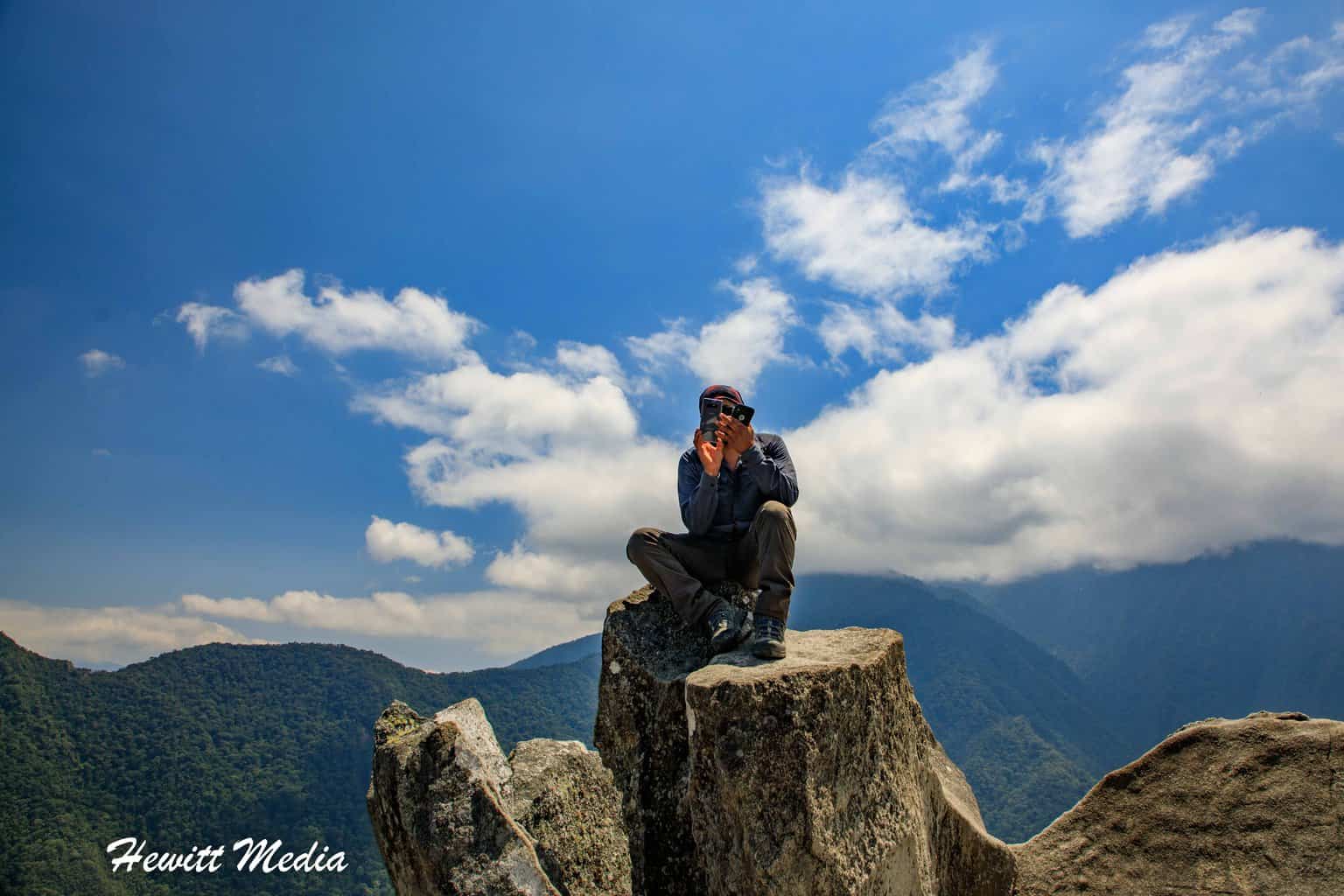 | |
| Machu Picchu Photography Guide |
Hike the Inca Trail

One of the ultimate adventures that you can take, not only in the Cusco area but in the entire world, is to hike the Inca Trail on your way to Machu Picchu. It is one of this world’s greatest multi-day hikes and certainly one of the world’s most beautiful as well.
If you would like to hike the Inca Trail, you will need to have a licensed guide with you by law. For this reason, and to make sure that you have the equipment and clothing that you will need for the hike, I recommend that you reference my Ultimate Guide to Hiking the Inca Trail referenced below before planning your trip.
| READ MORE: | |
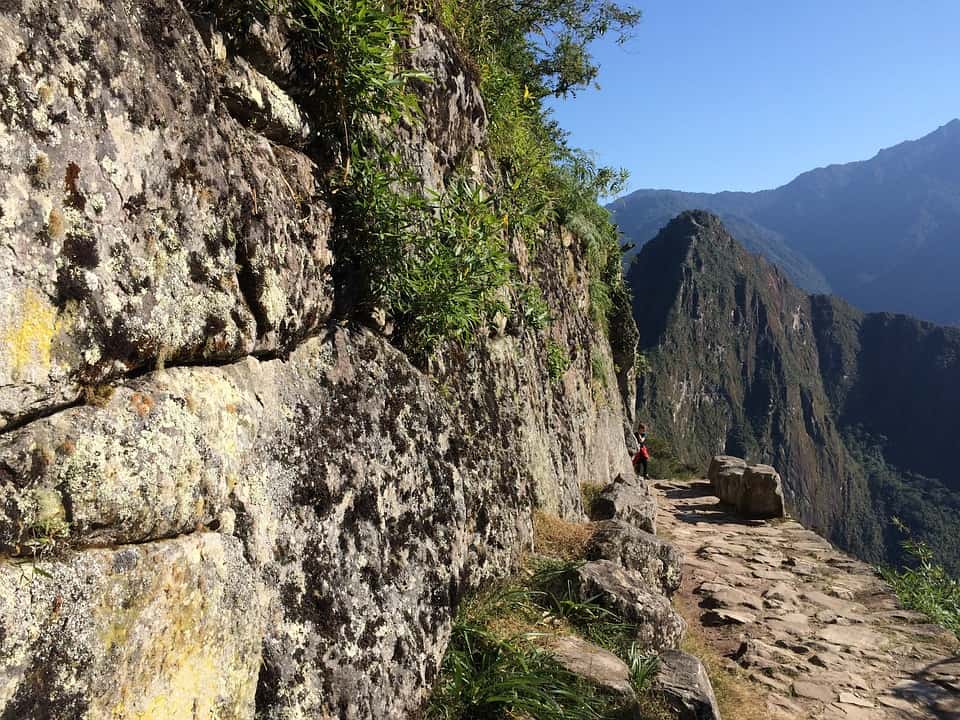 | |
| The Ultimate Guide to Hiking the Inca Trail |
Visit the Vinicunca Rainbow Mountain
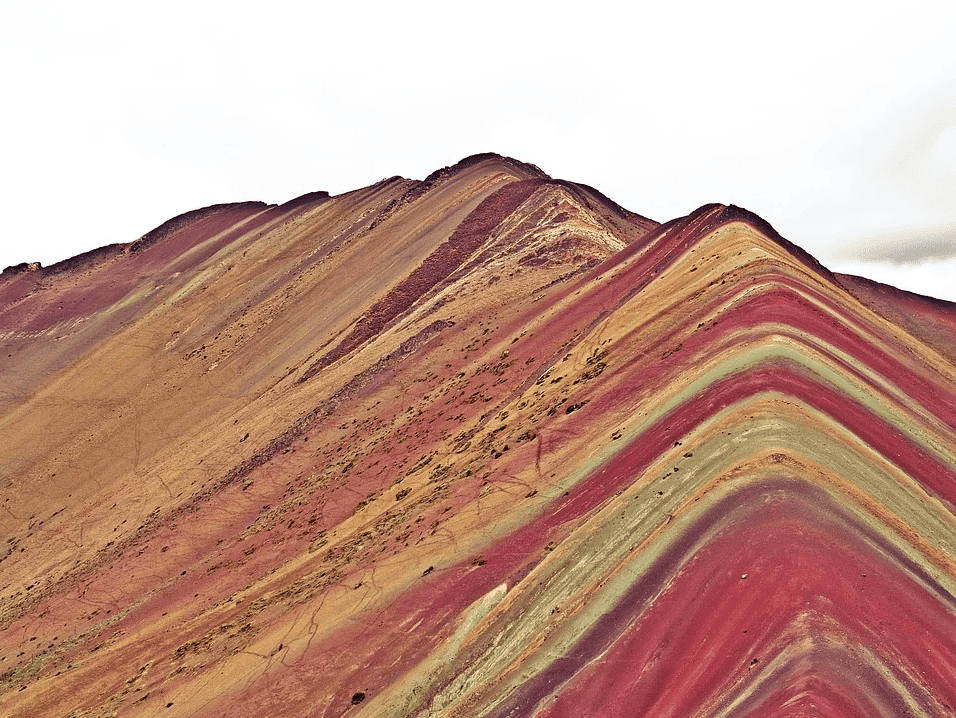
Referred to as Montaña de Siete Colores or Montaña de Colores in Spanish, Vinicuanca is a 17,000-foot (5,200 meters) peak in the Andes Mountains near Cusco that is world-famous for its multi-colored soil near the peak. Accessing the mountain requires a two-hour drive, arranged by your guide, from Cusco and then a roughly 3-mile hike.
There are few natural landscapes in this world as unique as the Rainbow Mountain, which is why it is such a popular tourist spot. if you plan to visit the mountain, I would strongly recommend that you properly plan for the altitude. I have included some tips at the beginning of this guide that should be helpful to you.
How to Get to Cusco
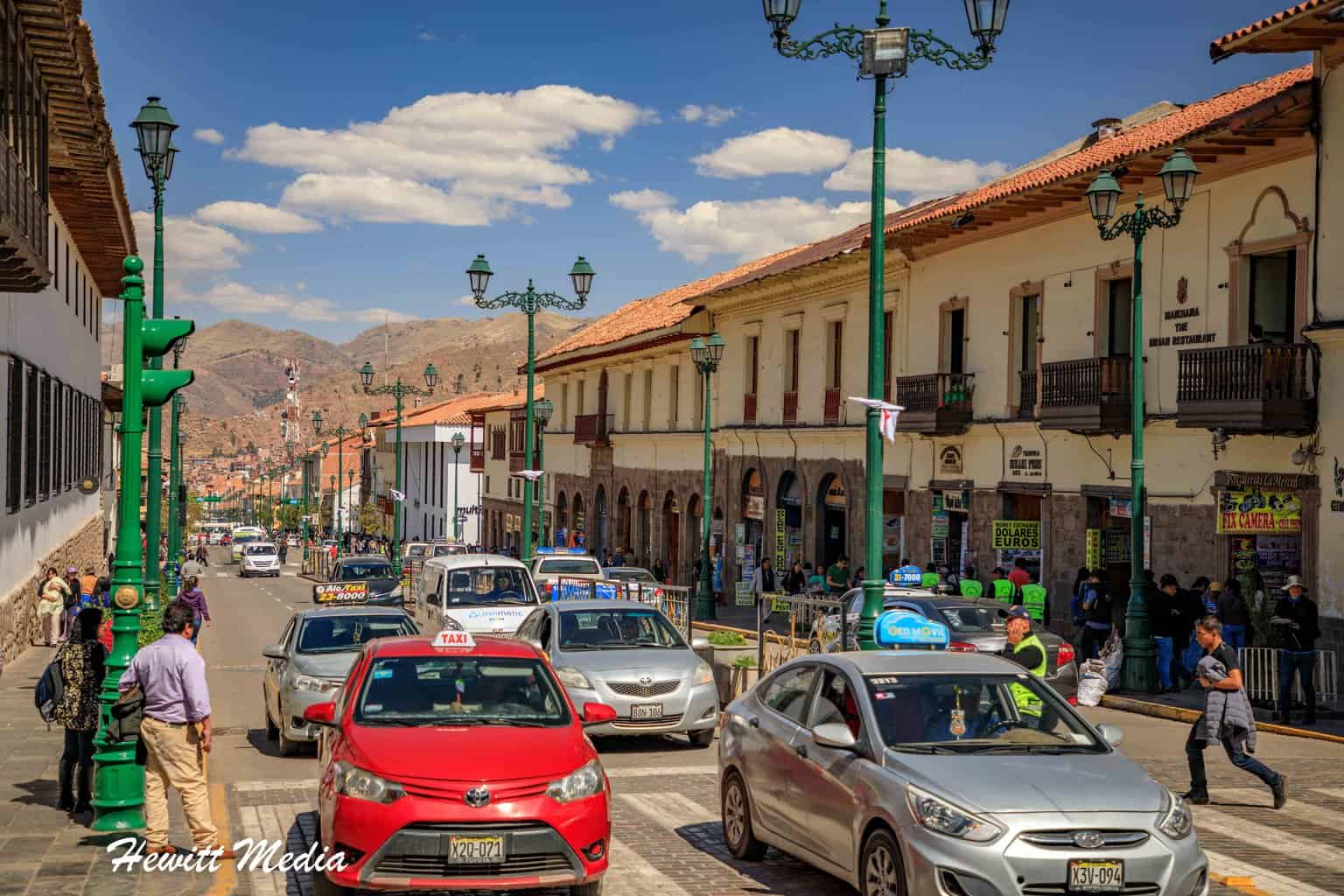
If you are visiting Cusco from outside of Peru, the quickest way to get there is to fly into the Alejandro Velasco Astete Airport (CUZ) in Cusco. If you are flying into Lima, Peru before you stop in Cusco, the quickest way to get from Lima to Cusco is by plane. It is a quick flight that will take about 1.5 hours and you can typically find some reasonable rates with local airlines like Avianca and Latin American Airlines.
Trains to Cusco
If you have some extra time to get there and are looking to save some money, there are more affordable travel options for getting from Lima to Cusco. There aren’t any trains that will take you directly between the two cities, but you can take a bus from Lima to Arequipa and then to Puno. From Puno, you can take a train to Cusco. The train ride from Puno to Cusco is beautiful, but it will take you roughly 8-9 hours to get there.
Bus Rides to Cusco
The cheapest option for getting from Lima to Cusco is to take a bus the whole way. It will take you between 18-27 hours to travel between the cities by bus, but you can also save a considerable amount of money if you have the time. Bus tickets with Cruz del Sur and Ormeño (the two most reputable bus companies) run between $25-60 USD. I have listed the two routes you have to choose from in my Cusco Peru visitor guide below, along with their advantages and disadvantages, for you to review.
Lima-Nazca-Abancay-Cusco
This is the quicker route (it takes between 18-21 hours to travel between Lima and Cusco), but it also has a reputation for being less safe.
Lima-Nazca-Arequipa-Cusco
This route is definitely longer and will take you between 24-27 hours to get from Cusco to Lima, but it has a reputation for being the much safer route. As a bonus, you can also see the infamous Nazca Lines (pictured below) on your way to Cusco.
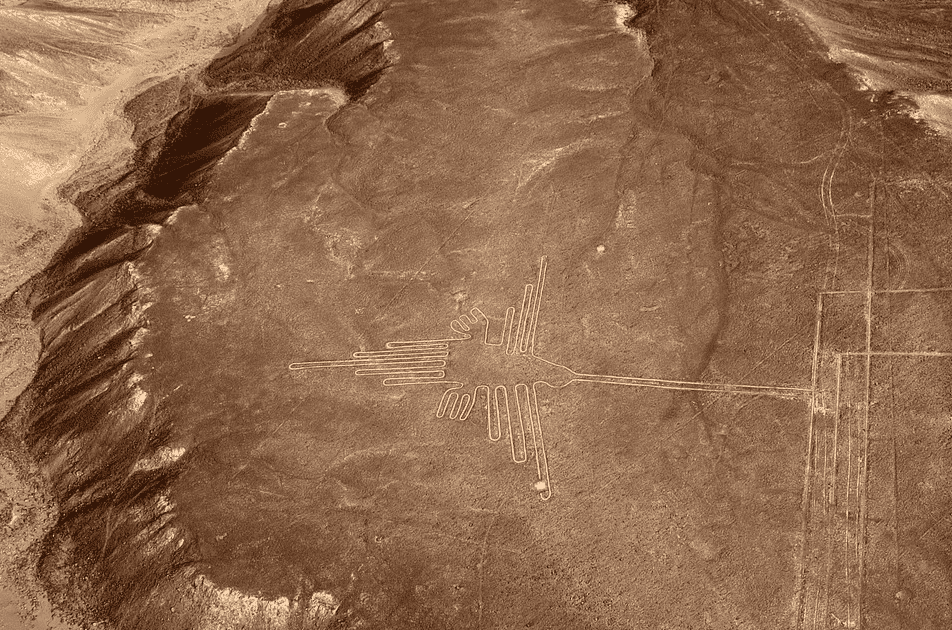
Hop on and off the bus
If you would like to do some additional exploration of Peru on your way from Lima to Cusco, you can also explore using Peru Hop, which is a hop-on-hop-off tour company that specializes in tourist stops throughout Peru. For instance, you can explore several interesting regions on your way to Cusco from Lima by taking the following route:
Lima – Paracas – Huacachina – Nazca – Arequipa – Puno – Cusco.
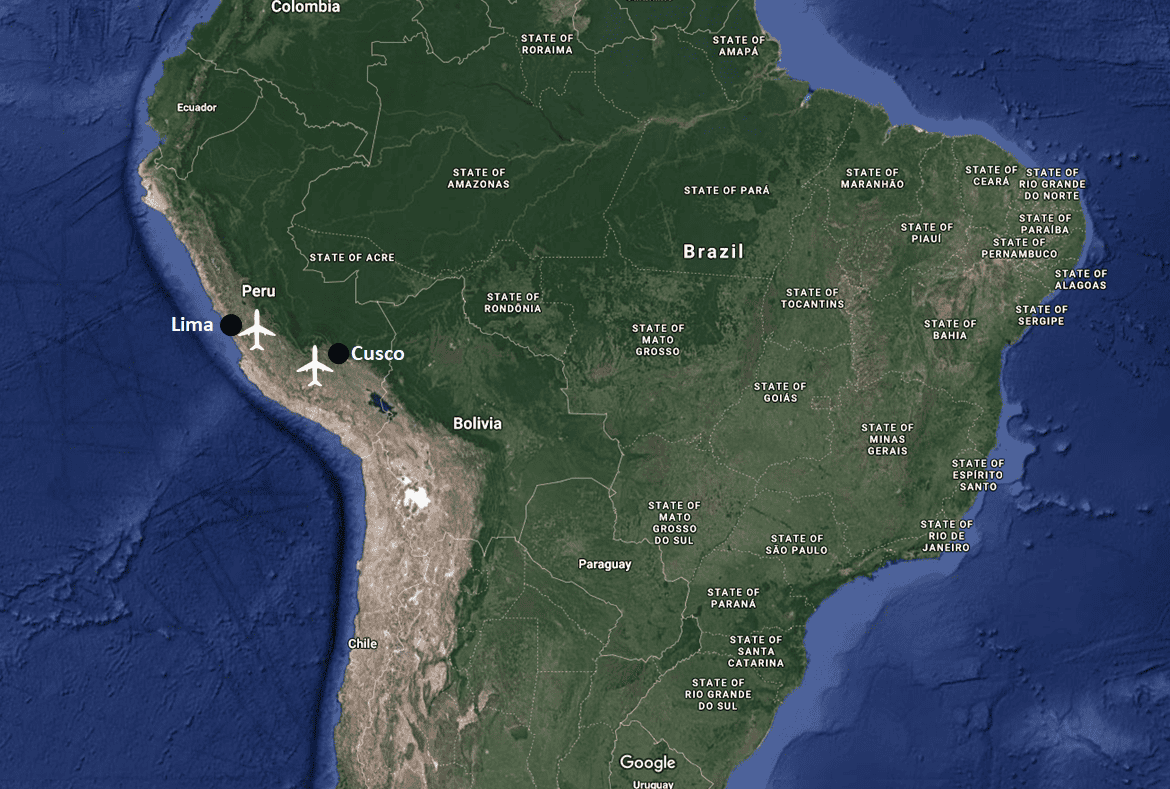
Best Times to Visit Cusco
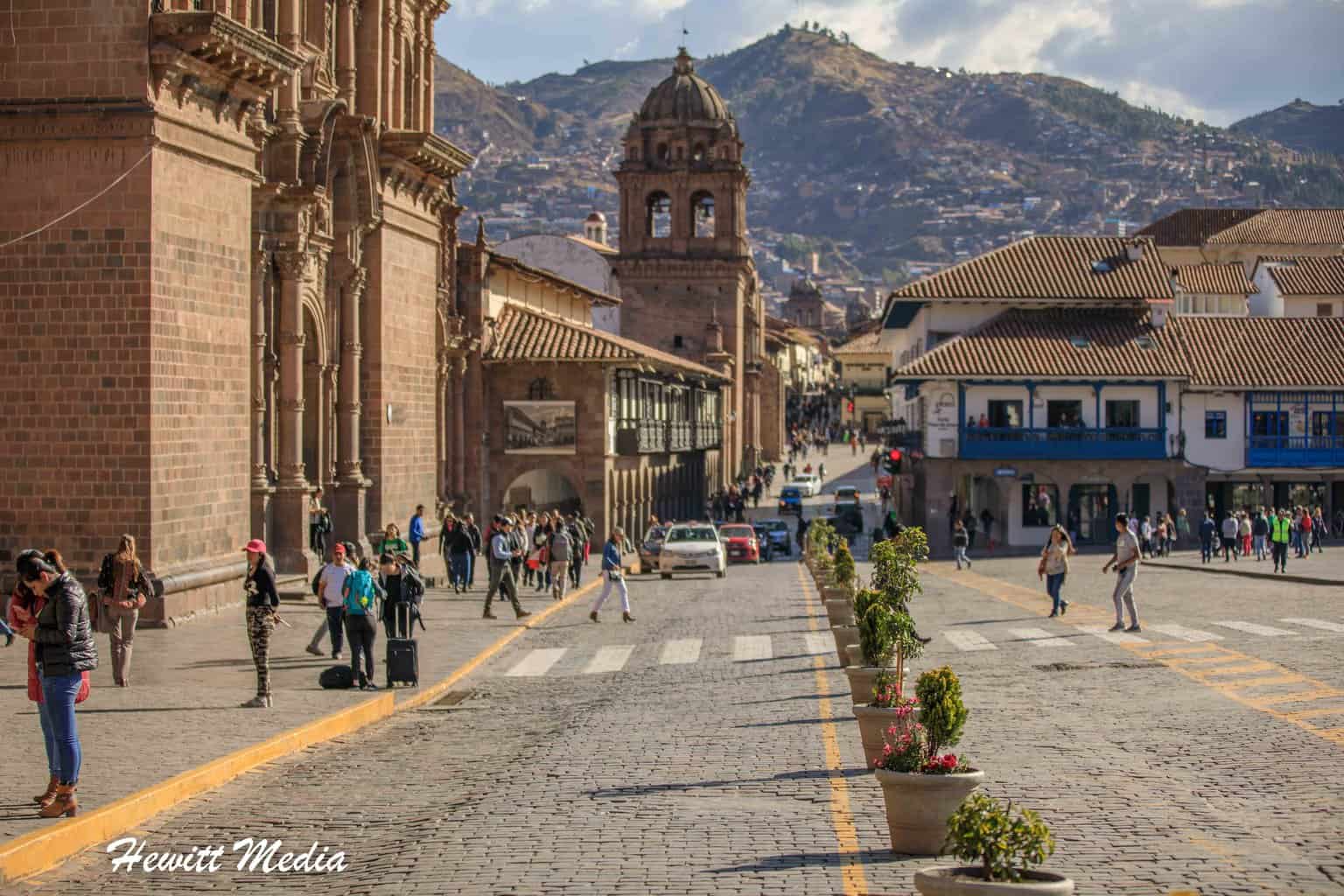
Average Temperature (°F)
As you can see in the chart below, the average high and low temperatures in the Cusco area are fairly consistent throughout the year. Because of the elevation, the average high temperature doesn’t get too hot at any point throughout the year.
Likewise, because of the area’s proximity to the Equator, the average low temperature doesn’t get too cold either, despite such a high elevation. This means that you can expect fairly comfortable temperatures no matter when you plan on visiting throughout the year.
Average Precipitation (Inches)
There are two distinct seasons in Cusco: The dry season, which runs from April to October, and the wet season, which lasts from early November until late March. The best time to visit Cusco and the surrounding area is definitely during the dry season because the skies are typically clear and the weather is dry.
During the wet season, it typically only rains a few hours during the day, but the mountains will be covered in a hazy fog for most of the day. As the day wears on the fog will dissipate, but I would avoid visiting during this time of year if you want to get really good photographs. If you must visit during the wet season, I would avoid the months of February and March as those months tend to be the wettest.
Where to Stay in Cusco
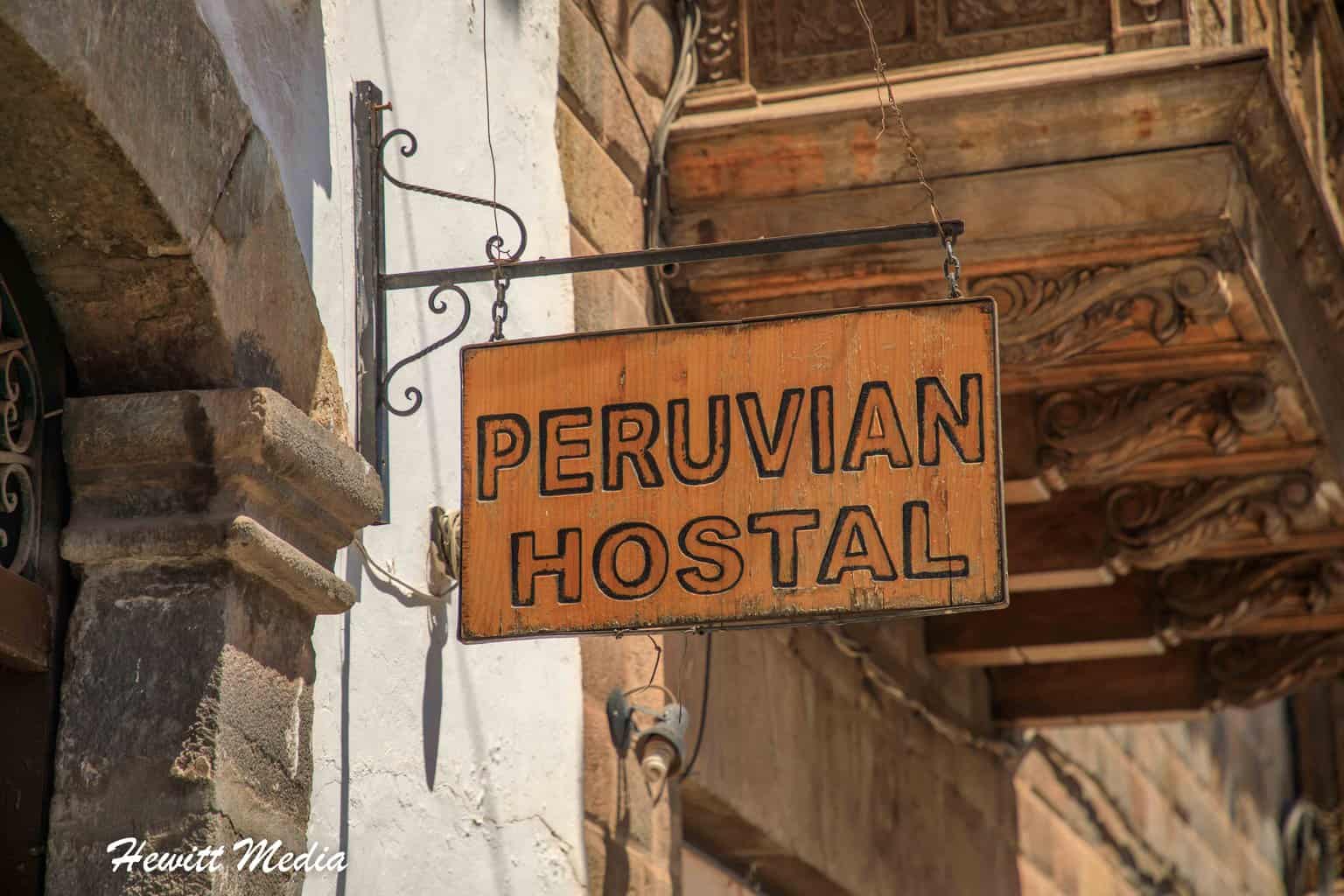
An important decision you need to make when planning your trip to Cusco is where you will stay. When you travel, the accommodations you choose are oftentimes amongst the biggest expenditures for your trip.
So, not only do you need to be comfortable, but you need to be able to afford to stay there. Finding the right accommodations for your trip involves looking at the amenities, the location, and most importantly, the price.
If you are starting to plan your trip to Cusco, you may be looking for some hotel and hostel suggestions. I included some great options at different price points in my Cusco, Peru visitor guide below. As always, don’t be afraid to expand your search to room-sharing sites such as Airbnb or VRBO if you aren’t finding a hotel or hostel that meets your needs.

Where to Eat in Cusco
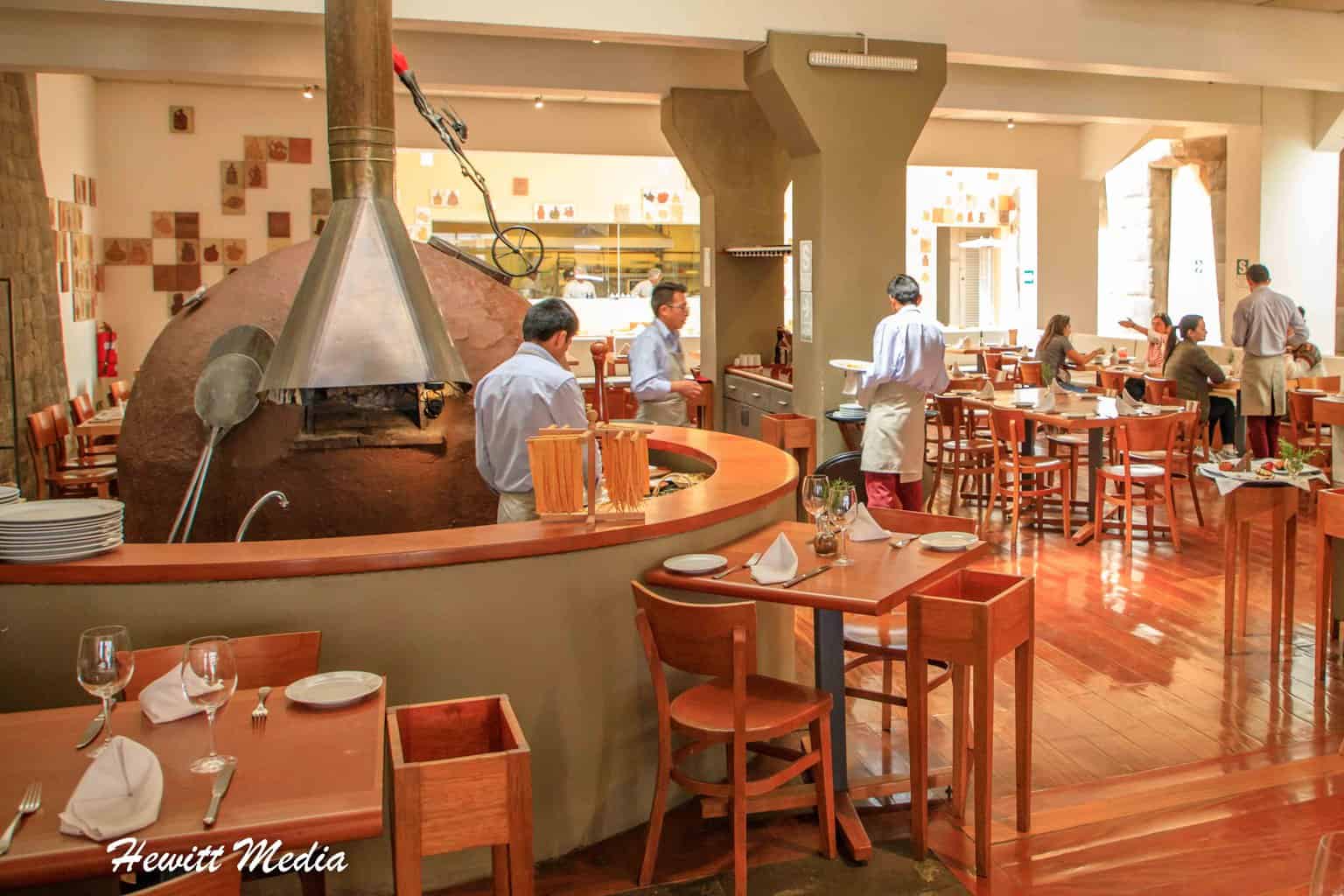
I knew the food would be good when I visited Peru, but I didn’t know just how much I would love the cuisine until I visited. There is a wide variety of restaurants in Cusco for you to try, so if you love to eat when you travel you won’t be disappointed. If you are looking for some restaurant recommendations for your trip, I have included some highly recommended options for you to review in my Cusco Peru visitor guide below.
| Restaurant | Cuisine | Price |
|---|---|---|
| Chakruna Native Burgers | Peruvian, Fast Food, Veggie | $ |
| Incanto Italo Peruano | Italian, Peruvian, Latin | $$-$$$ |
| Inkazuela Restaurant | Latin, Fusion, Soups | $$-$$$ |
| Republica Del Pisco | Peruvian, Bar, Latin | $$-$$$ |
| Yaku | Peruvian, Latin, Healthy | $$-$$$ |
| Inti Raymi Restaurant | Peruvian, Latin, VeggieE | $$$$ |
Recommended Tours and Excursions in Cusco

There is a seemingly endless supply of amazing things to see and do in the Cusco area, so you won’t have much trouble planning activities to keep you busy during your trip. If you are looking for some recommended excursions or tours to take while you are visiting, I have included links to some options for you to review in my Cusco Peru visitor guide below.
Recommended Machu Picchu and Inca Trail Tours
Recommended Rainbow Mountain Tours
Recommended Food and Drink Tours
Recommended Horseback Tours
Recommended City Tours
Recommended Cultural Tours
Recommended Airport Transfer Services
Cusco, Peru Photo Gallery
As an avid travel photographer, I was blown away by how beautiful the city of Cusco was. It seemed like something was amazing to photograph around every corner of the city. I have included some of the top photos I was able to take during my trip in my Cusco Peru visitor guide below.
If you would like to see more of my travel photography, I would also encourage you to give me a follow on Instagram. Putting this blog together to pass on my free guides, itineraries, and travel photography tips is a lot of work and your support in the form of a follow-on Instagram would be so very much appreciated!
FOLLOW ME!
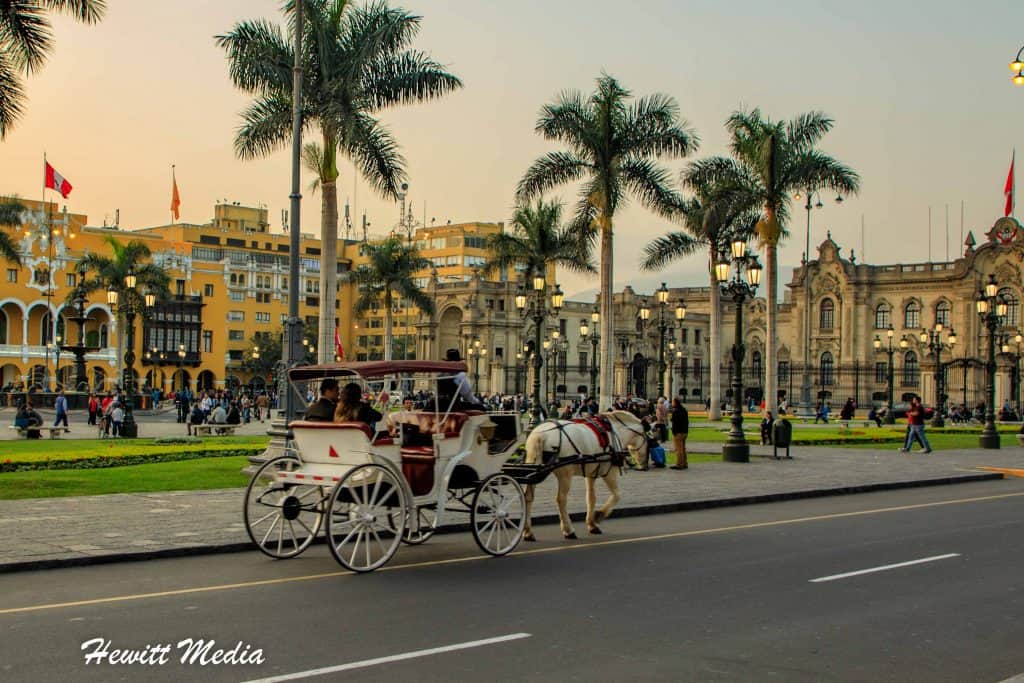
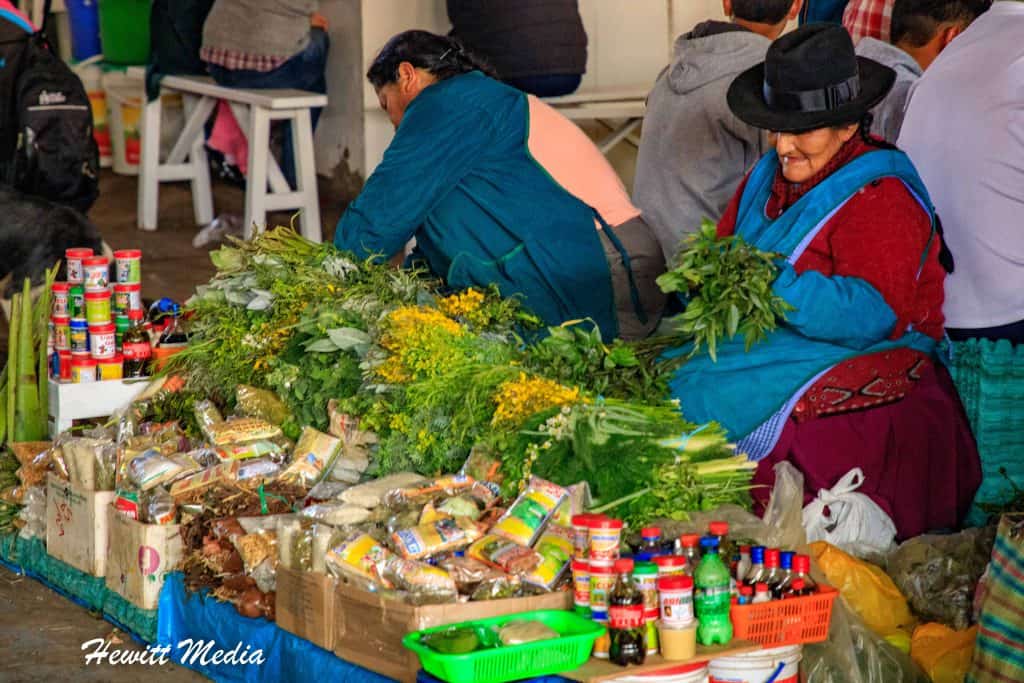
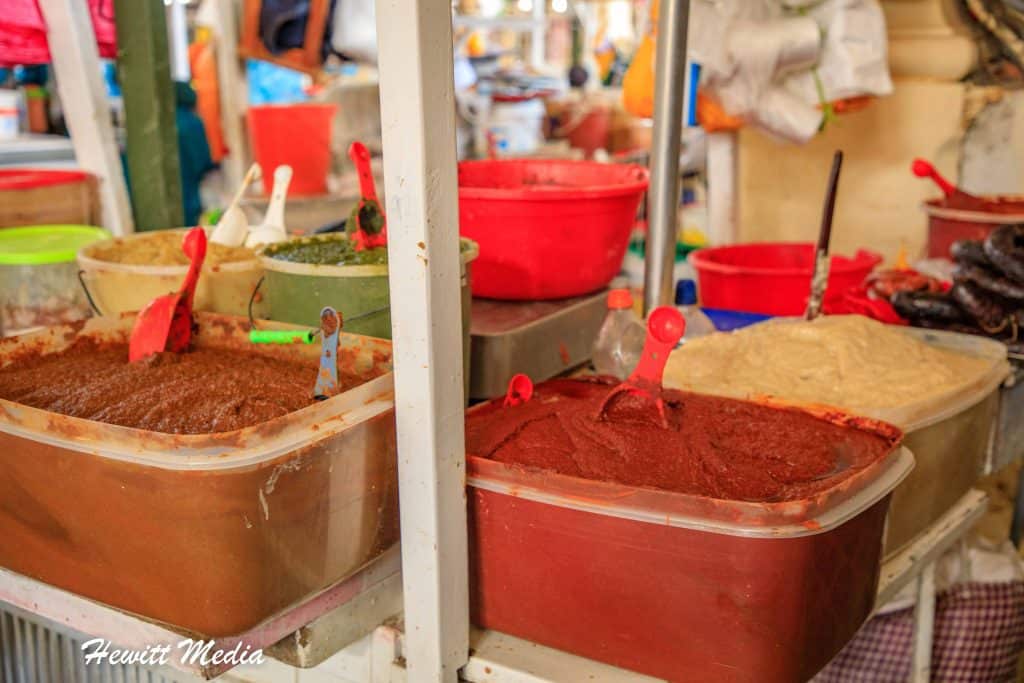
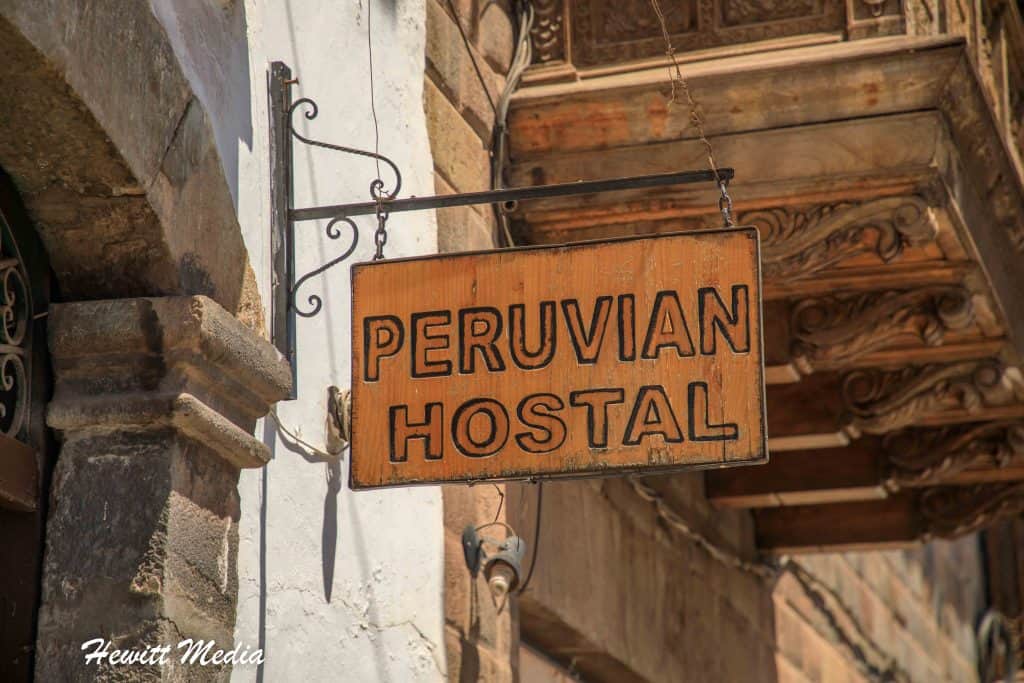
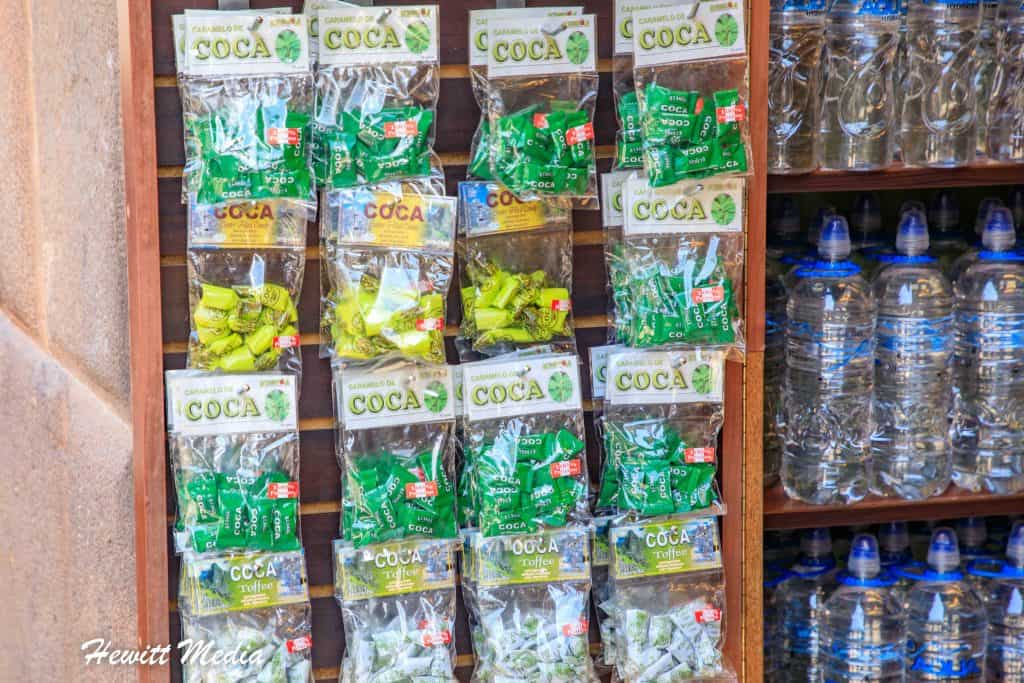
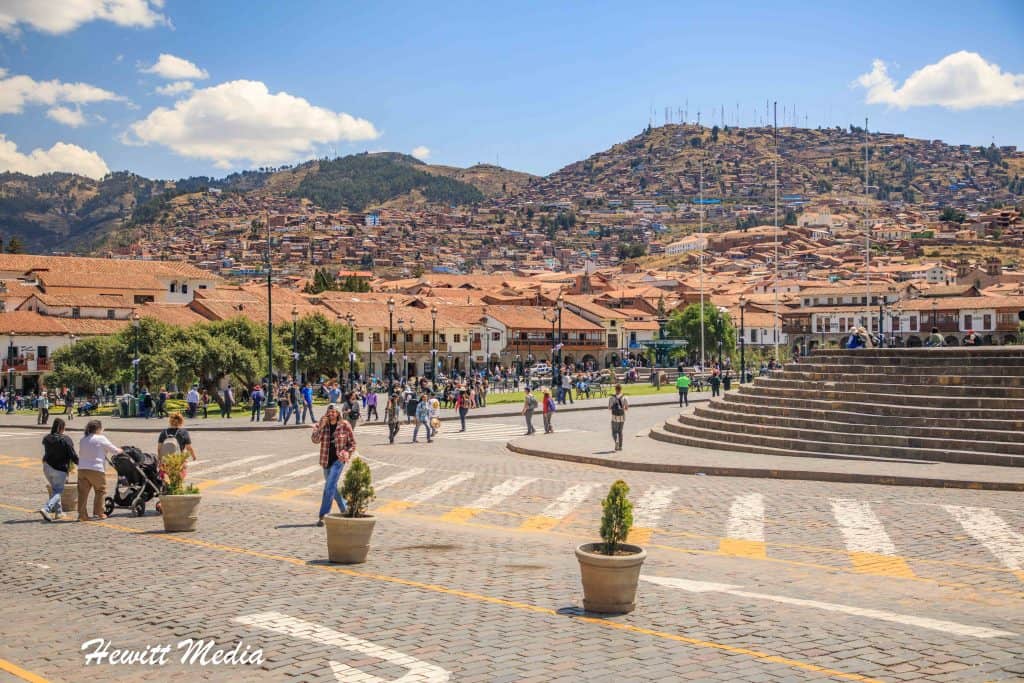
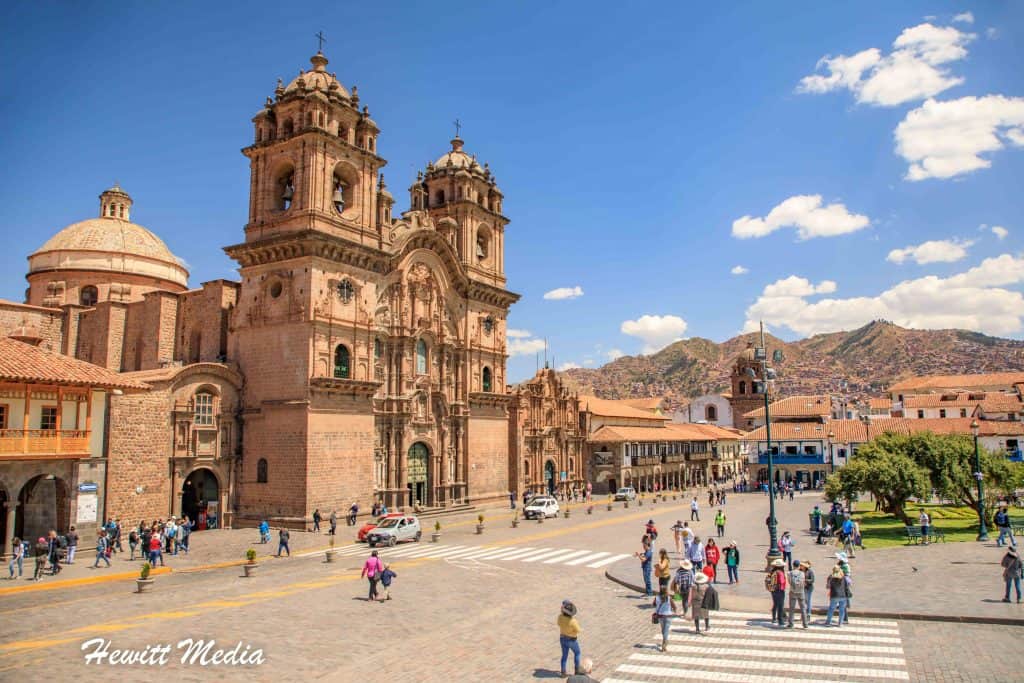
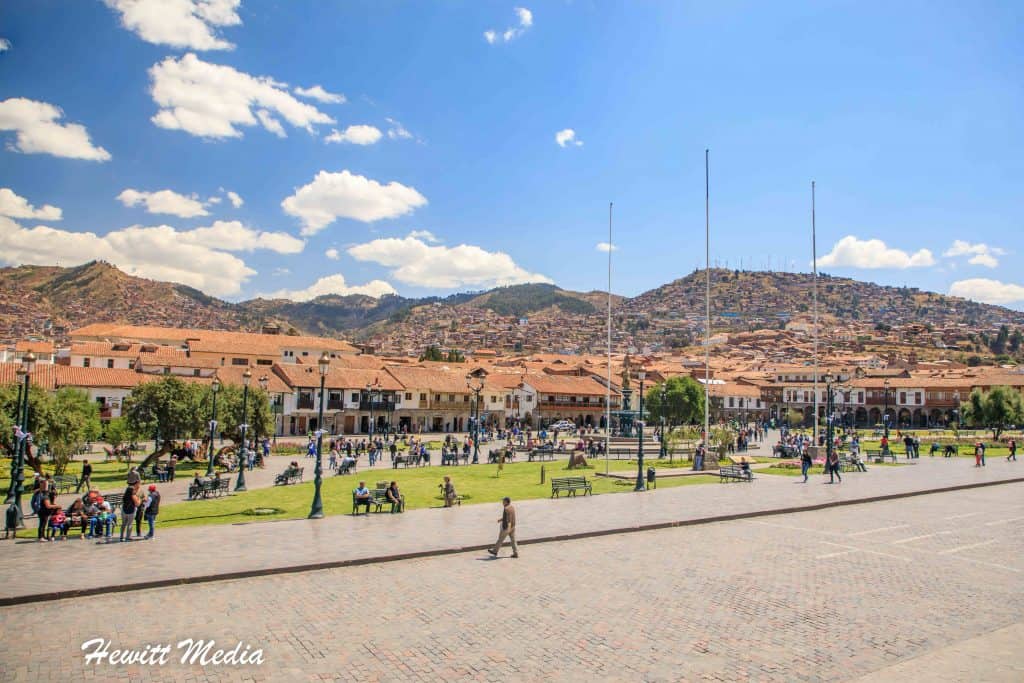
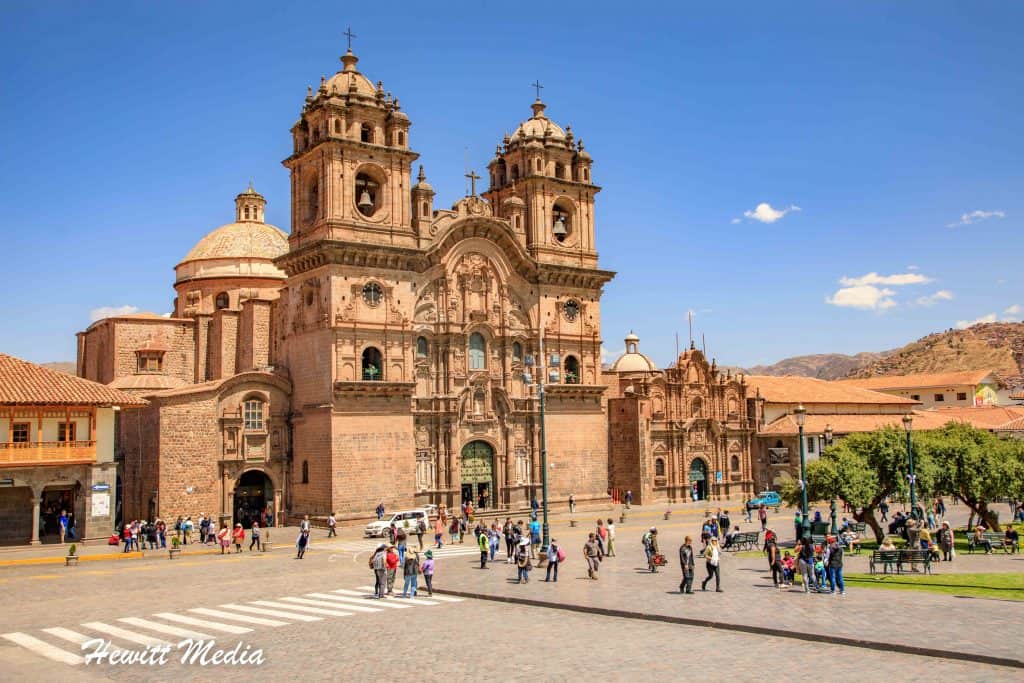

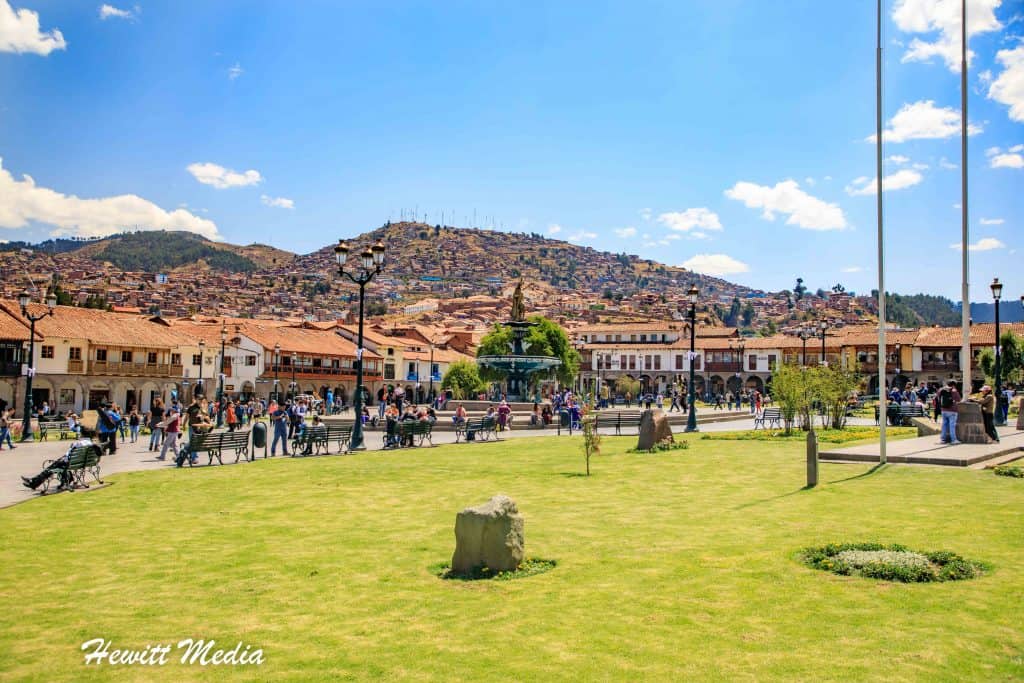
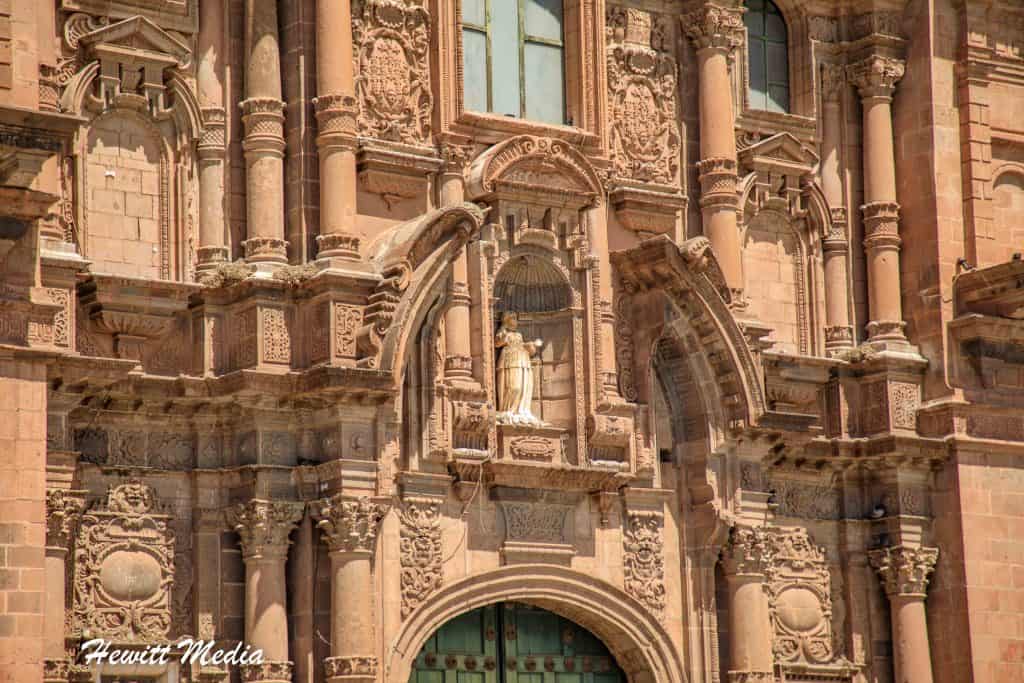
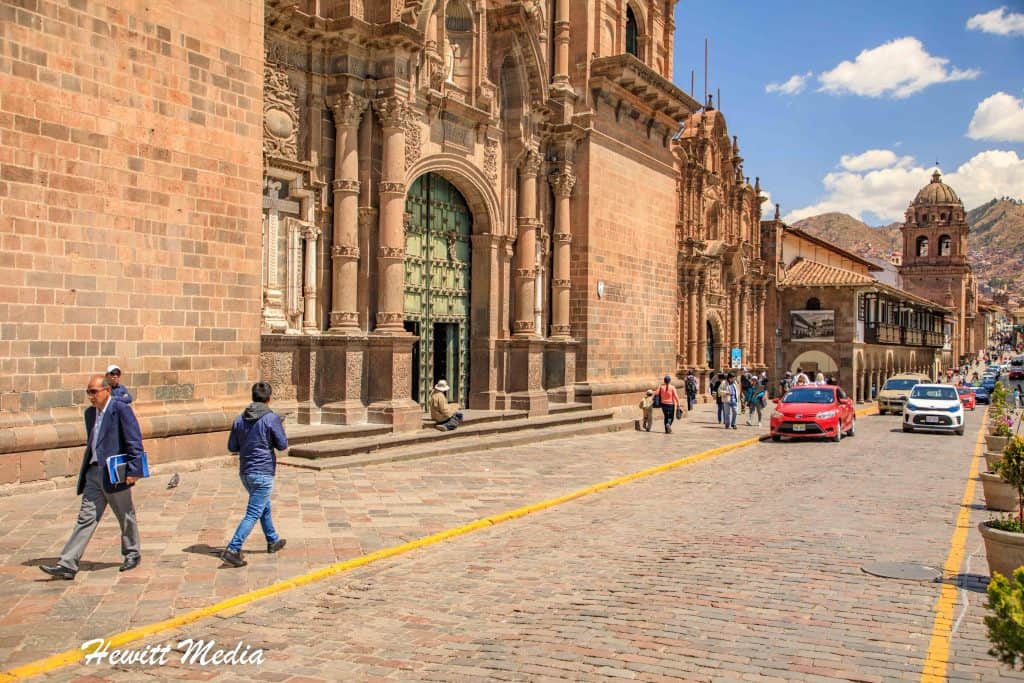
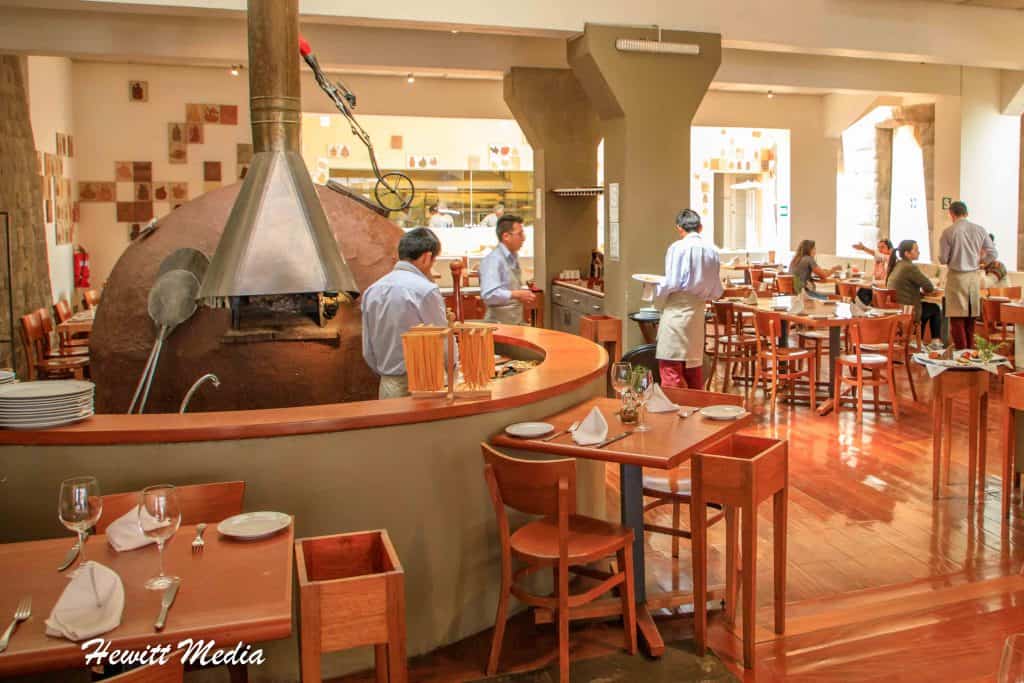
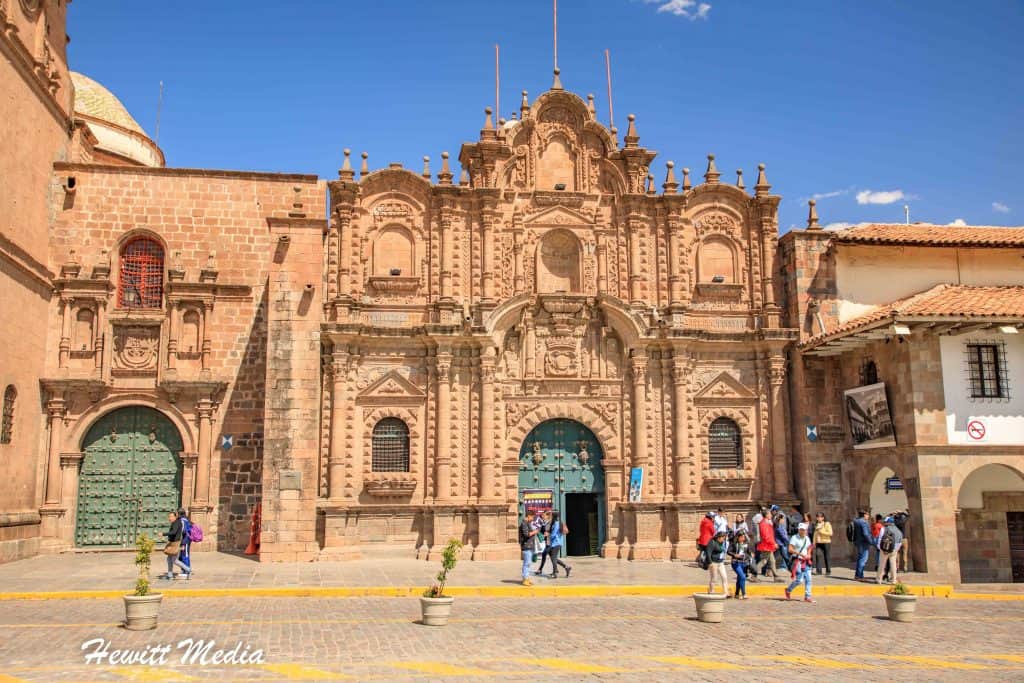
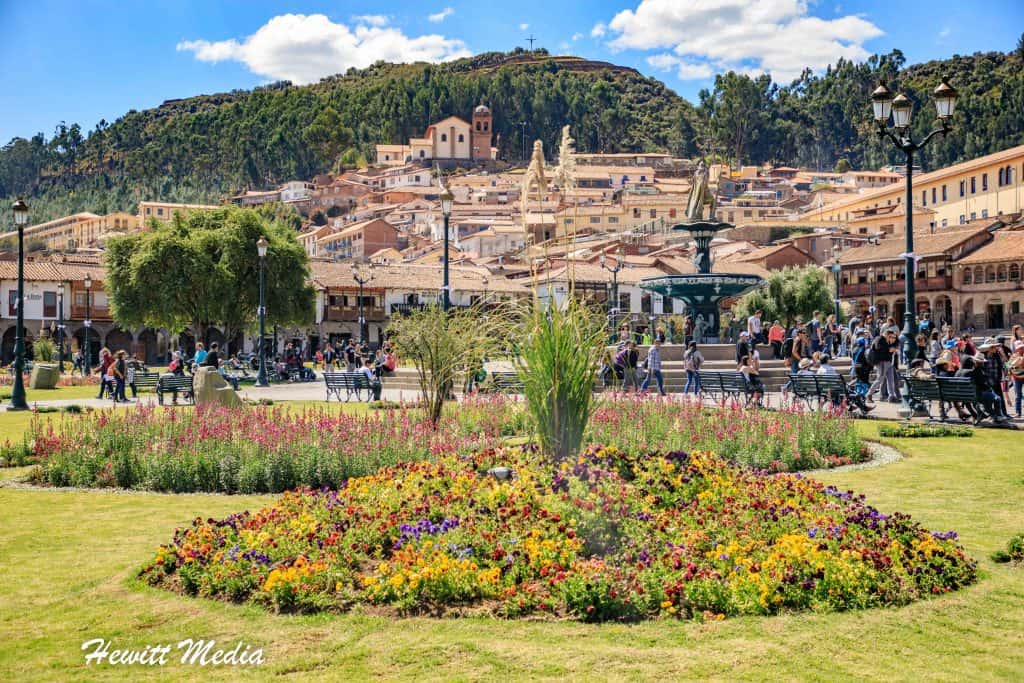
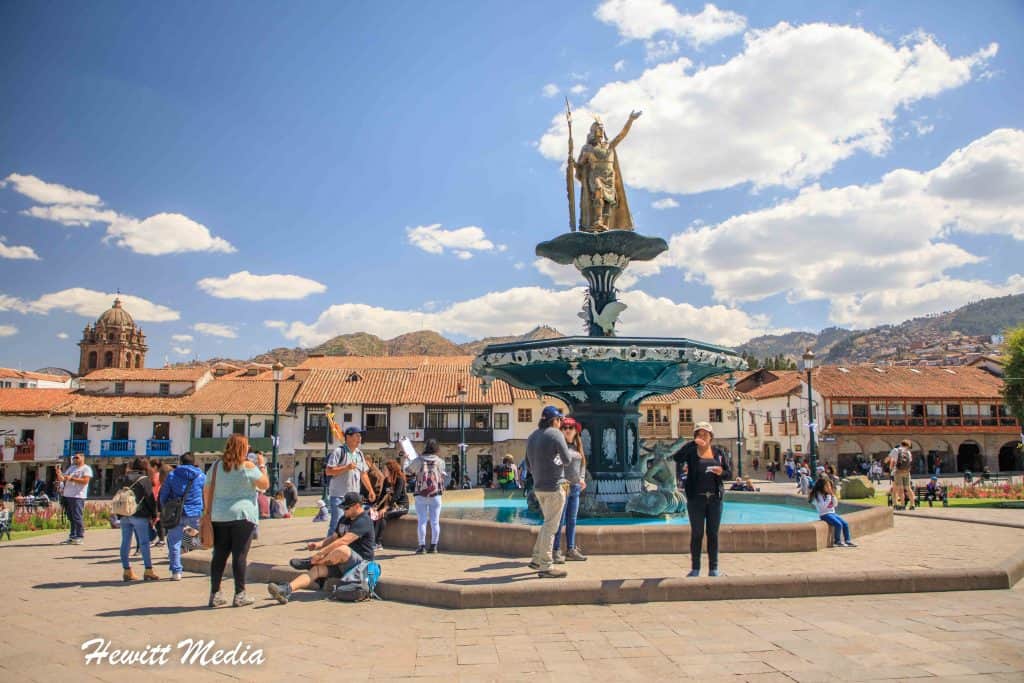
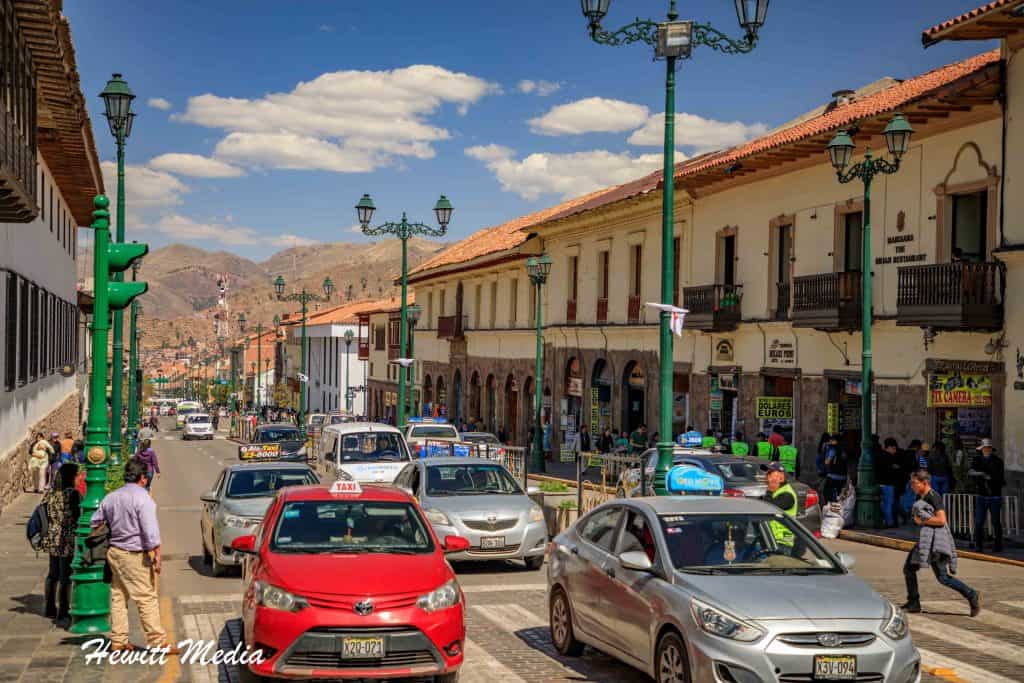
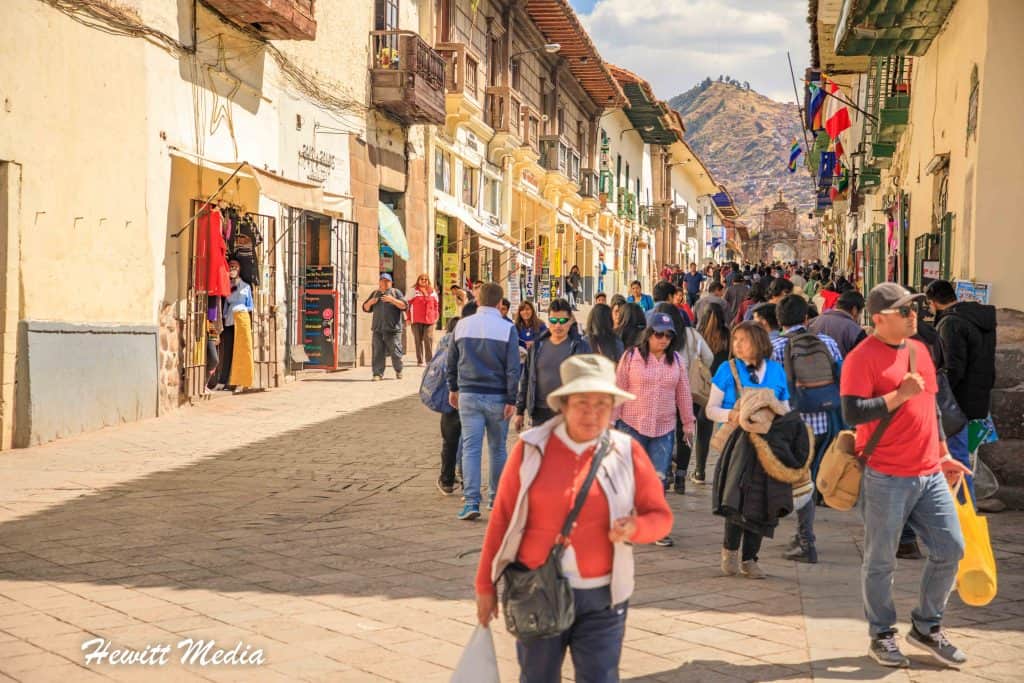
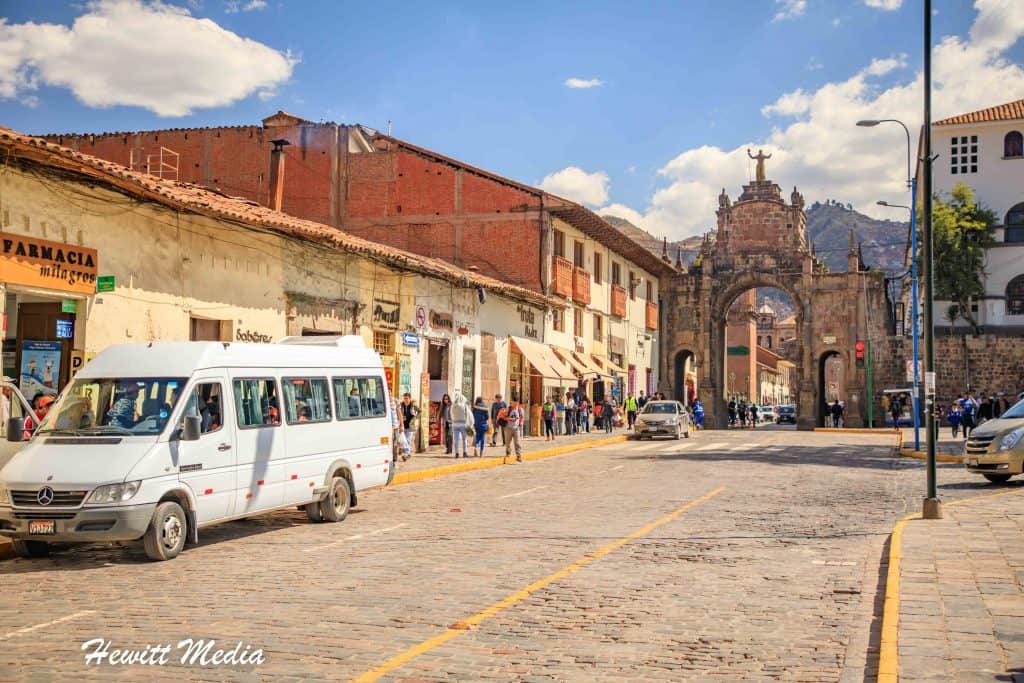
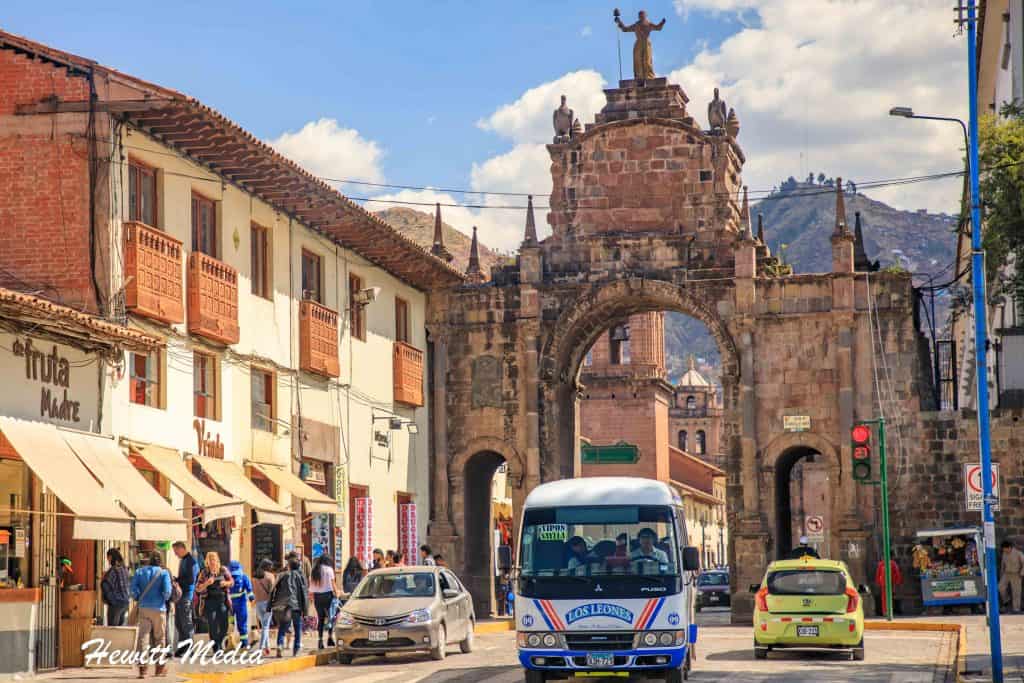
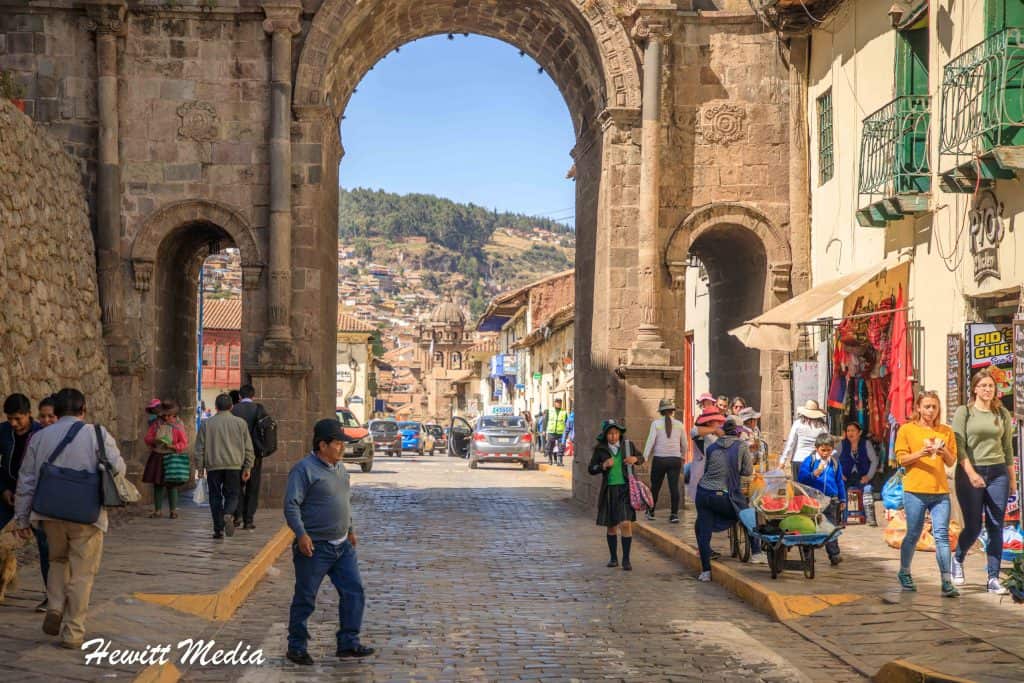
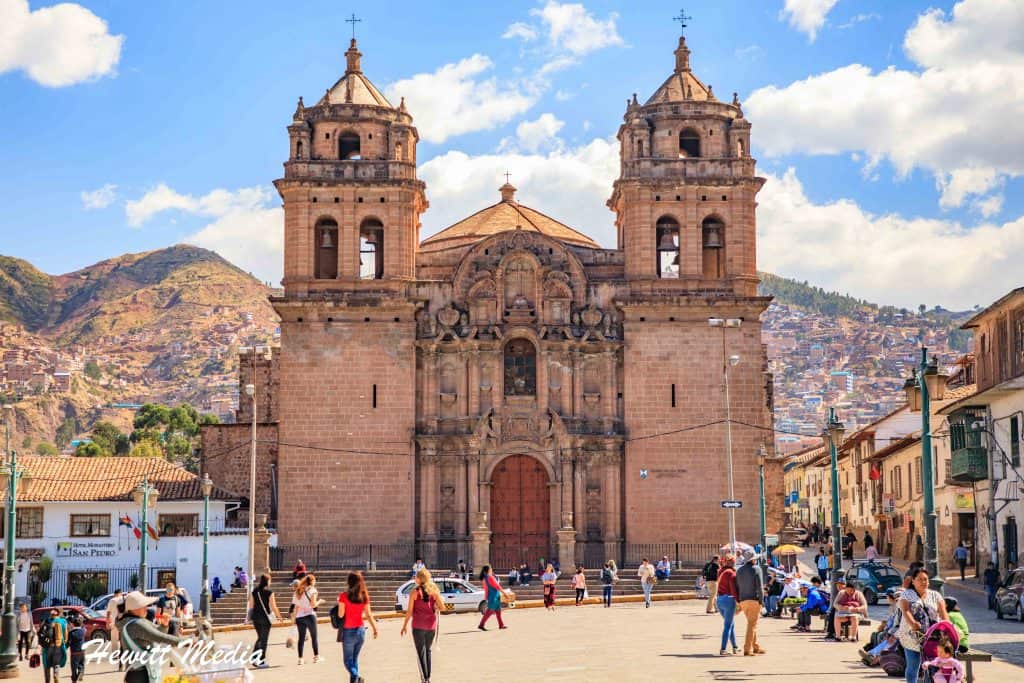
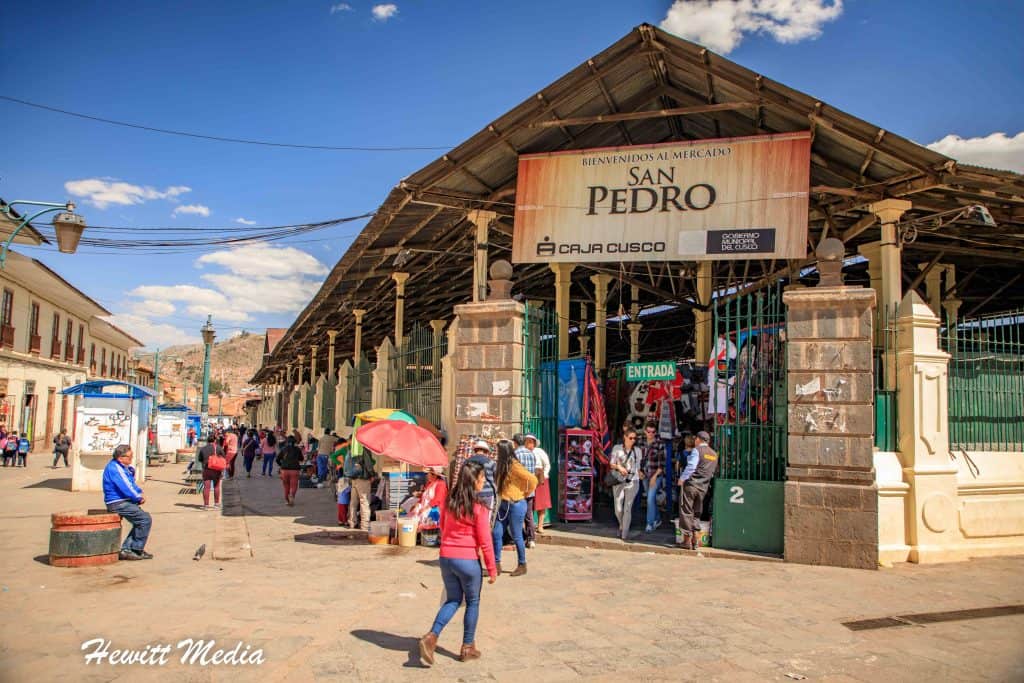
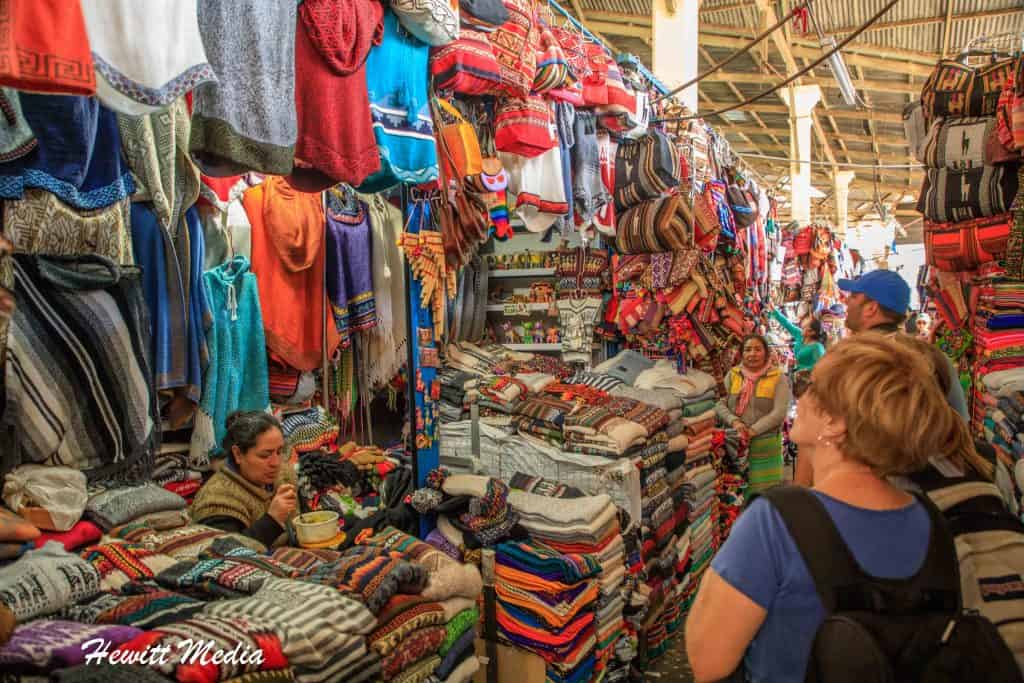
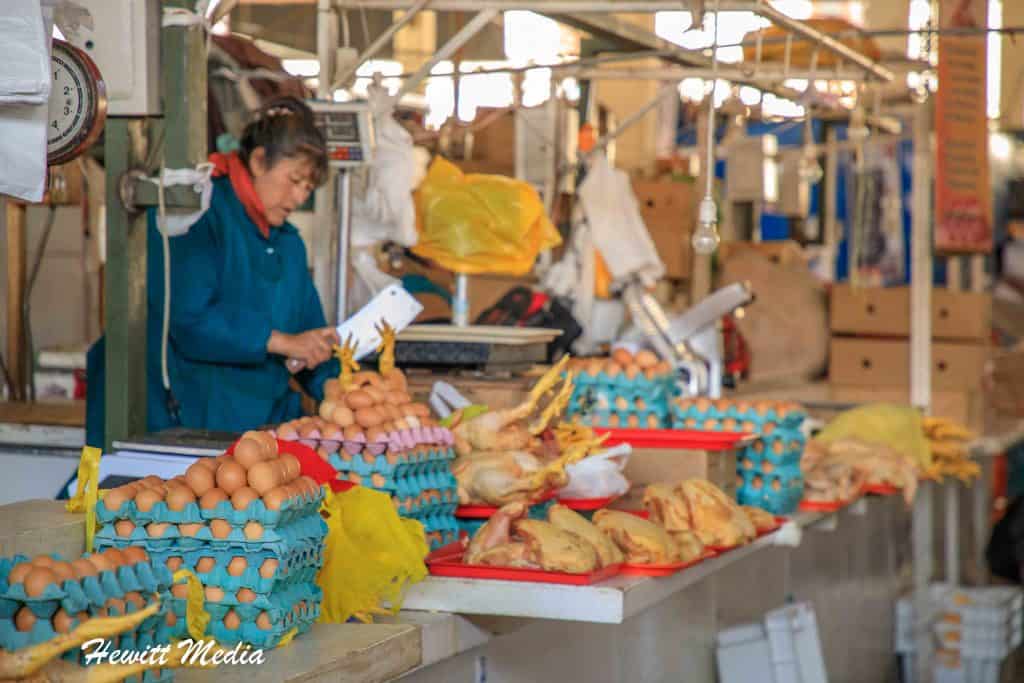
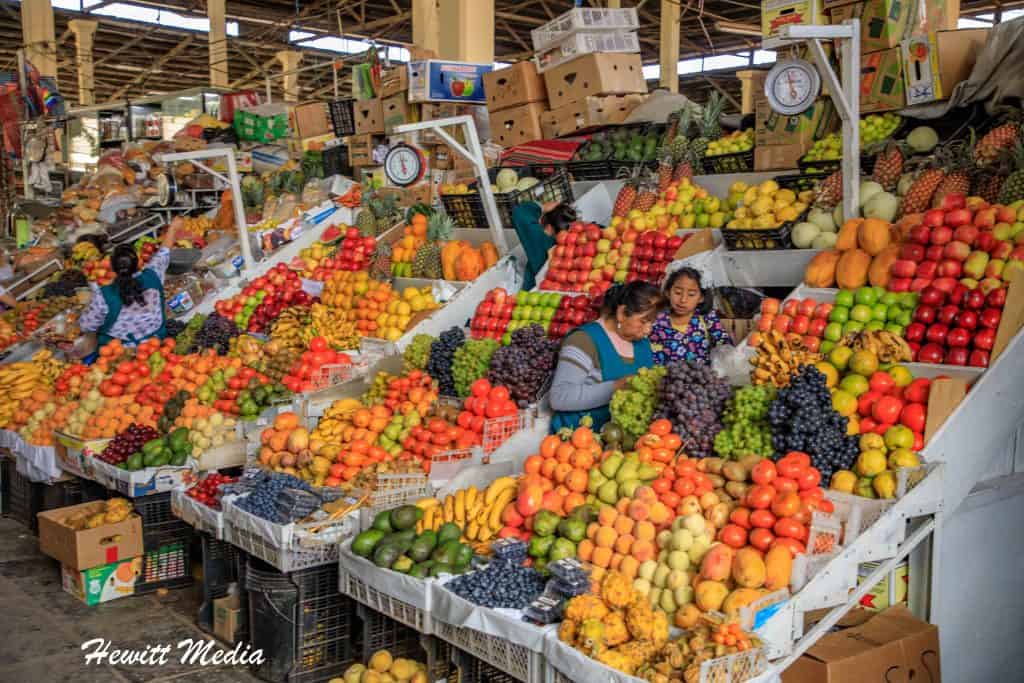
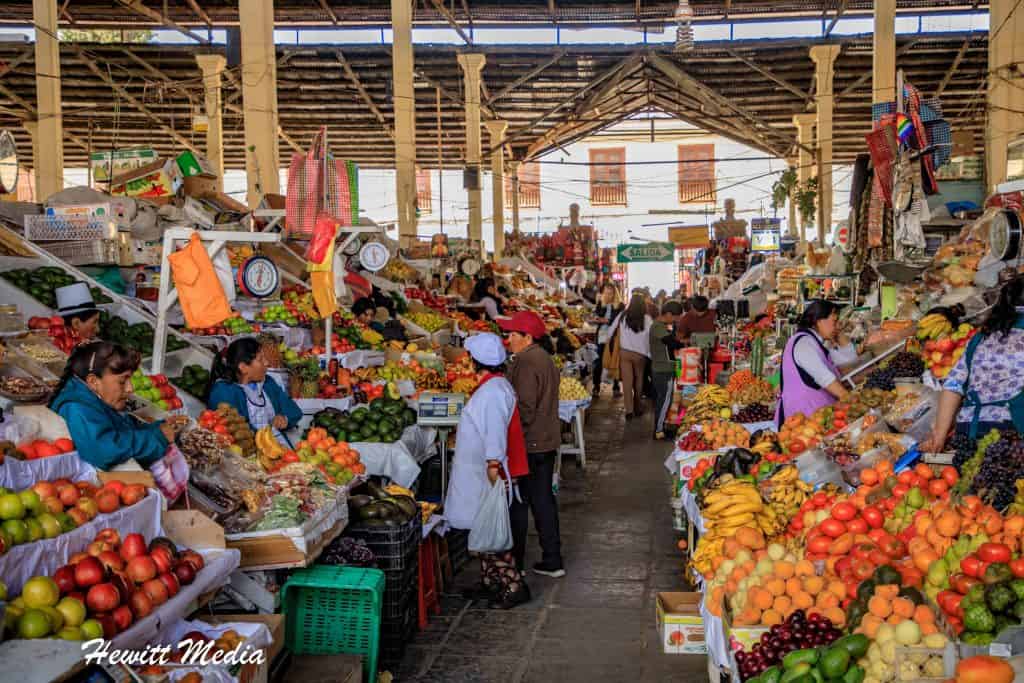
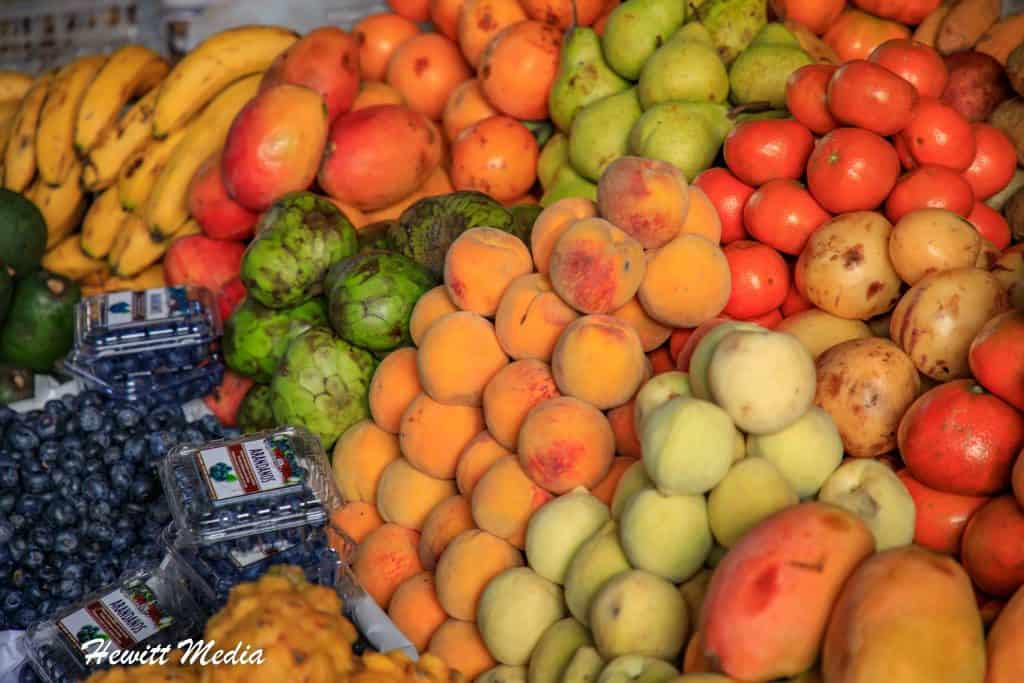
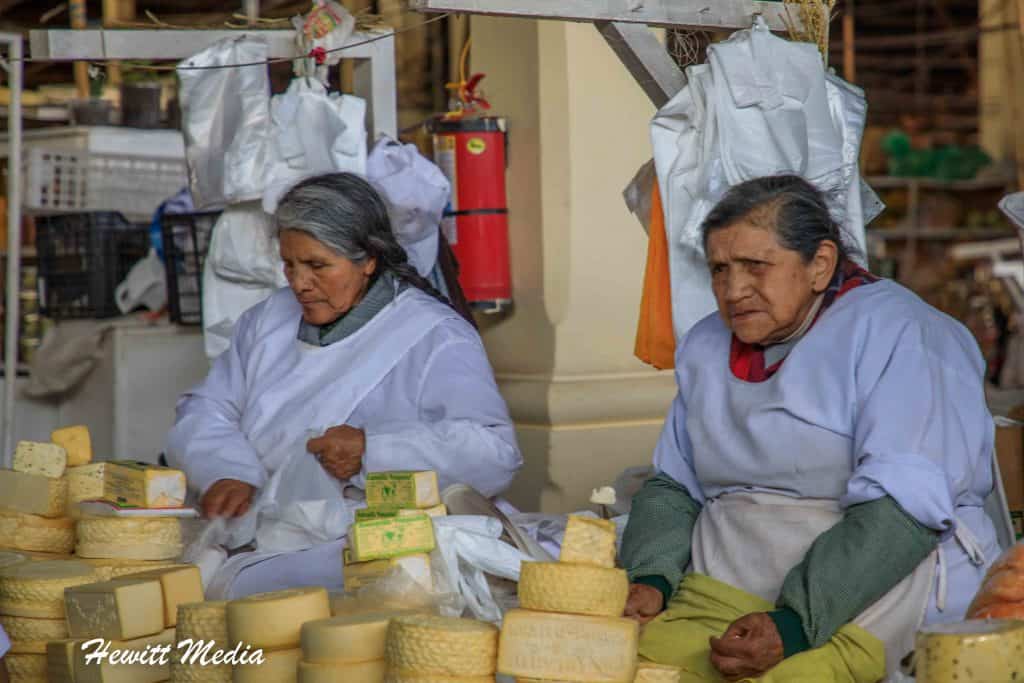
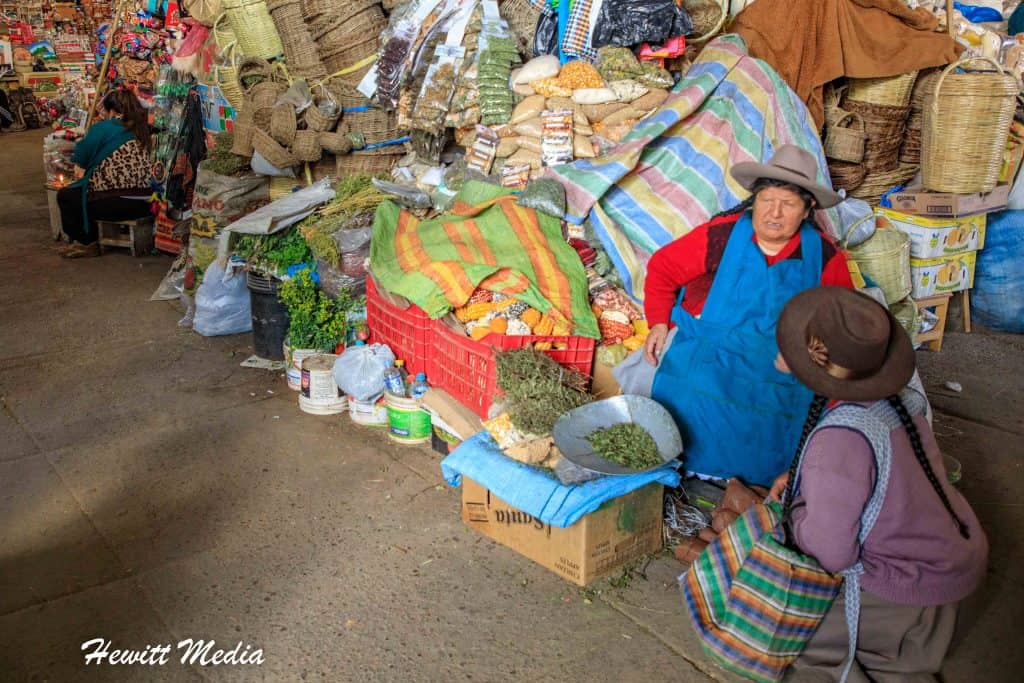

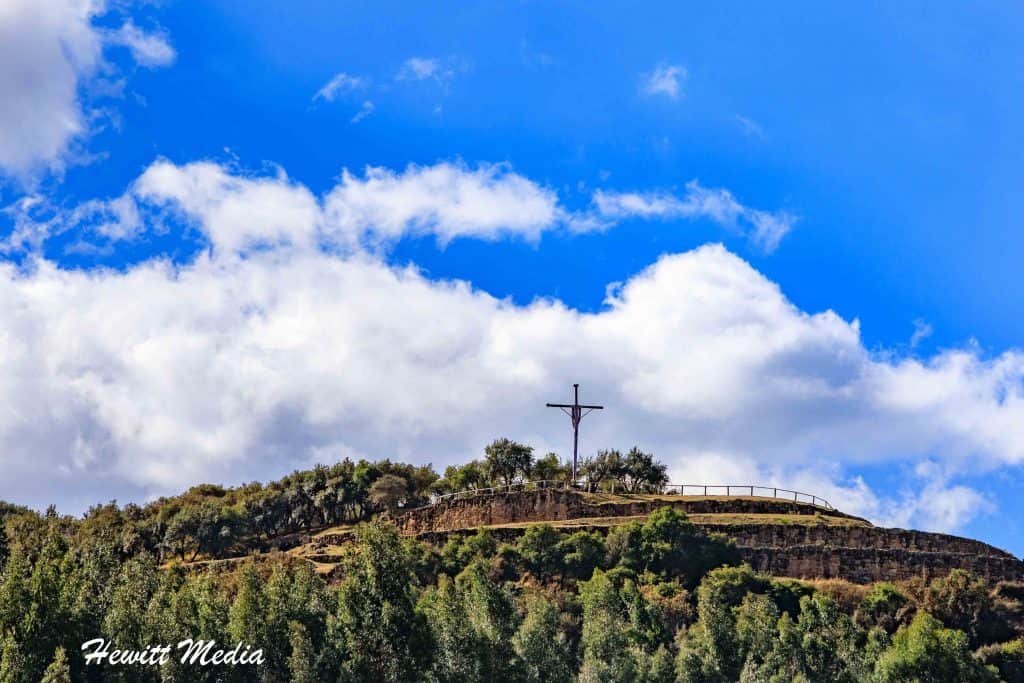
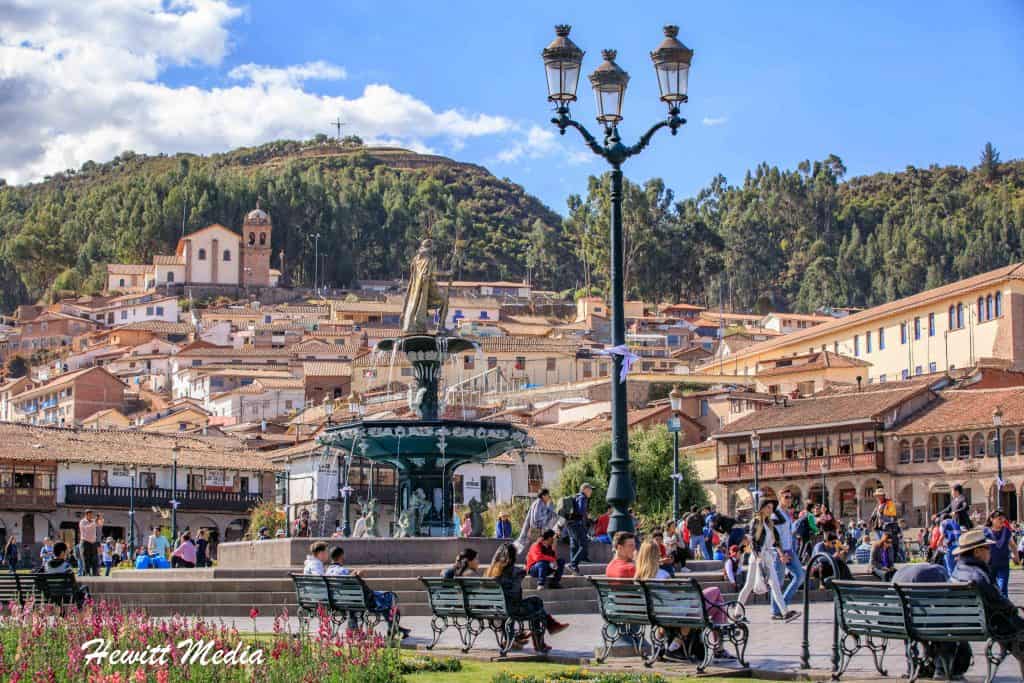
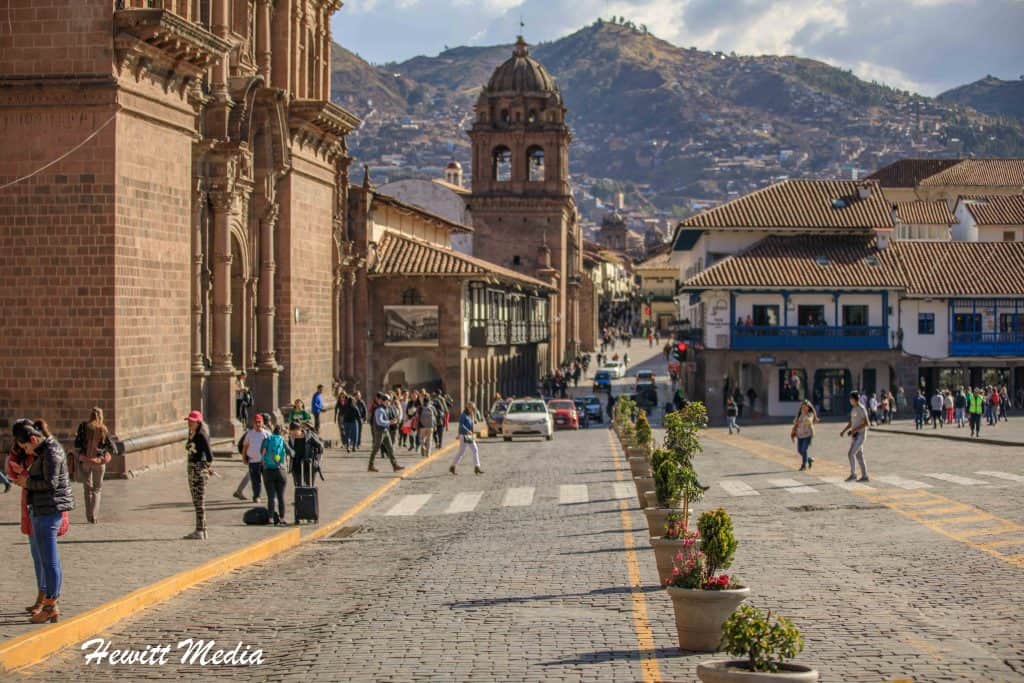

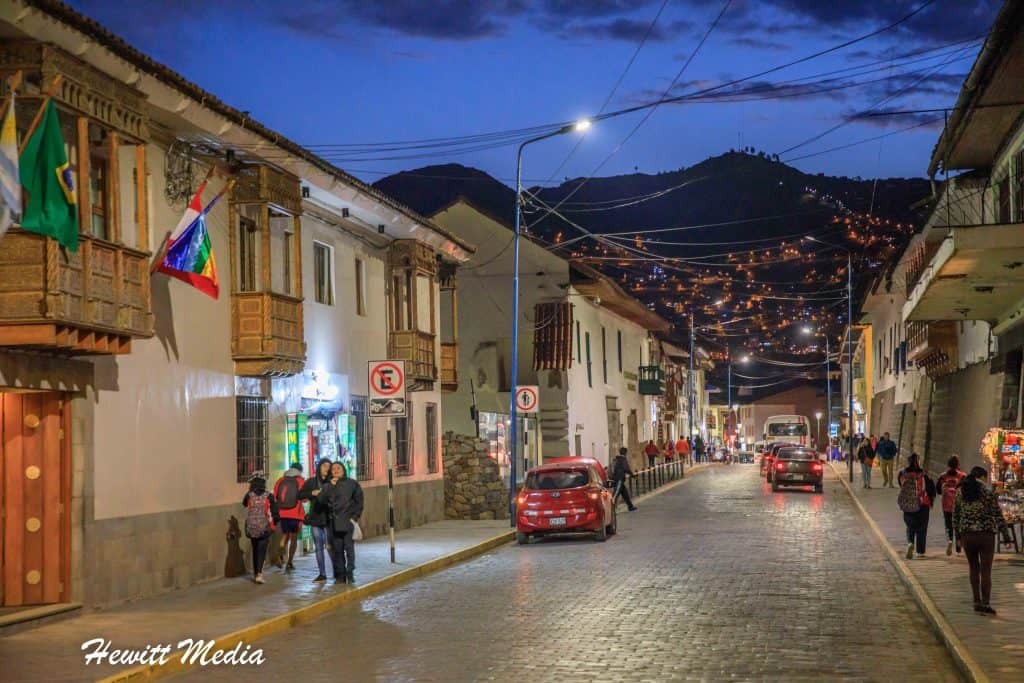
Don’t Forget to Subscribe to My Adventures!
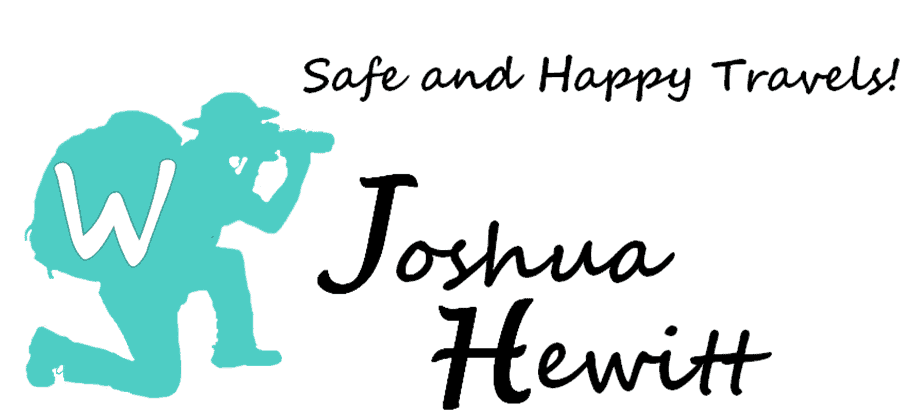
Let Me Help You Save On Your Next Adventure!
‘Start Exploring Today’ Merchandise Available Now!
















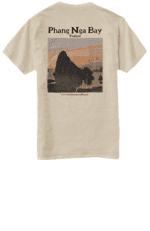


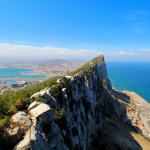
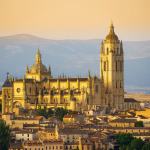



Whoa! Cusco is such an amazing place. I did a research sometime ago concerning San Pedro De Atacama, is this location in anyway close to where you stayed or visited? I’d like to know.
That aside, I love how everything looks brown, most of the city seems to have a common theme and it’s very attractive!
Thank you so much for reading and for the kind words! I agree, Cusco is a beautiful place! I looked up San Pedro de Atacama and it looks wonderful.
It looks like a beautiful city with the mountains all around it. My colleague absolutely adores Peru – says it’s her favorite country she’s visited.
It is beautiful!! Definitely one of my favorites too!